I wrote this article based on my experience working for various B2C companies. I designed and tested all the examples with different teams at these companies.
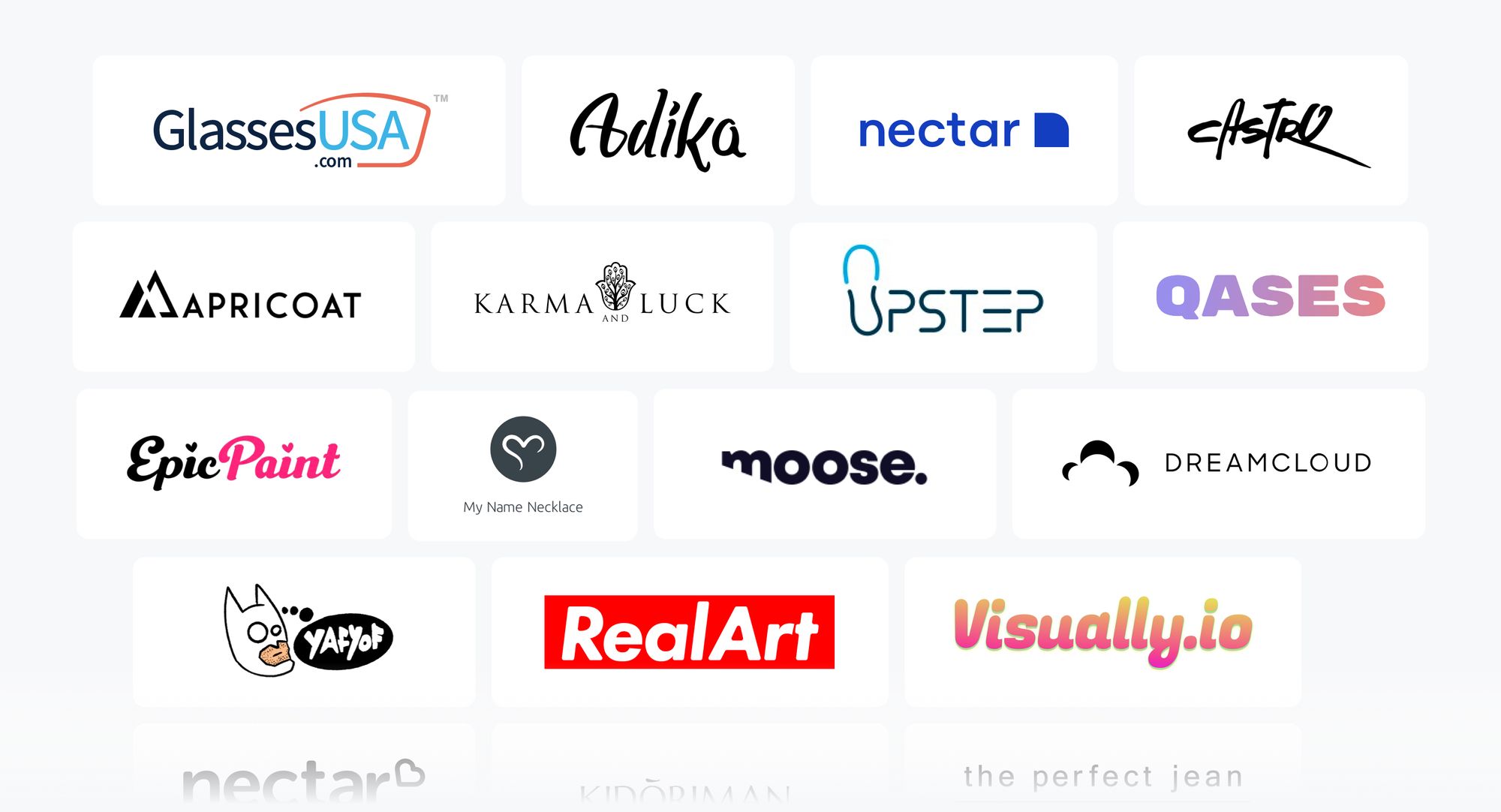
Introduction
In the digital landscape, driving growth goes beyond attracting website traffic—converting visitors into customers. As such, Conversion Rate Optimization (CRO) has emerged as a powerful strategy to enhance user experience and increase conversions, acting as a growth engine for online businesses. This case study explores the psychological and scientific principles behind CRO, providing actionable tips to help companies to thrive.

1. Inside the Mind: Cro Psychology
Understanding the cognitive processes of users is crucial to optimizing the online experience. Here, we delve into common psychological factors affecting conversions and explore how to address them.
Let's understand our limitations as humans and how to solve them.
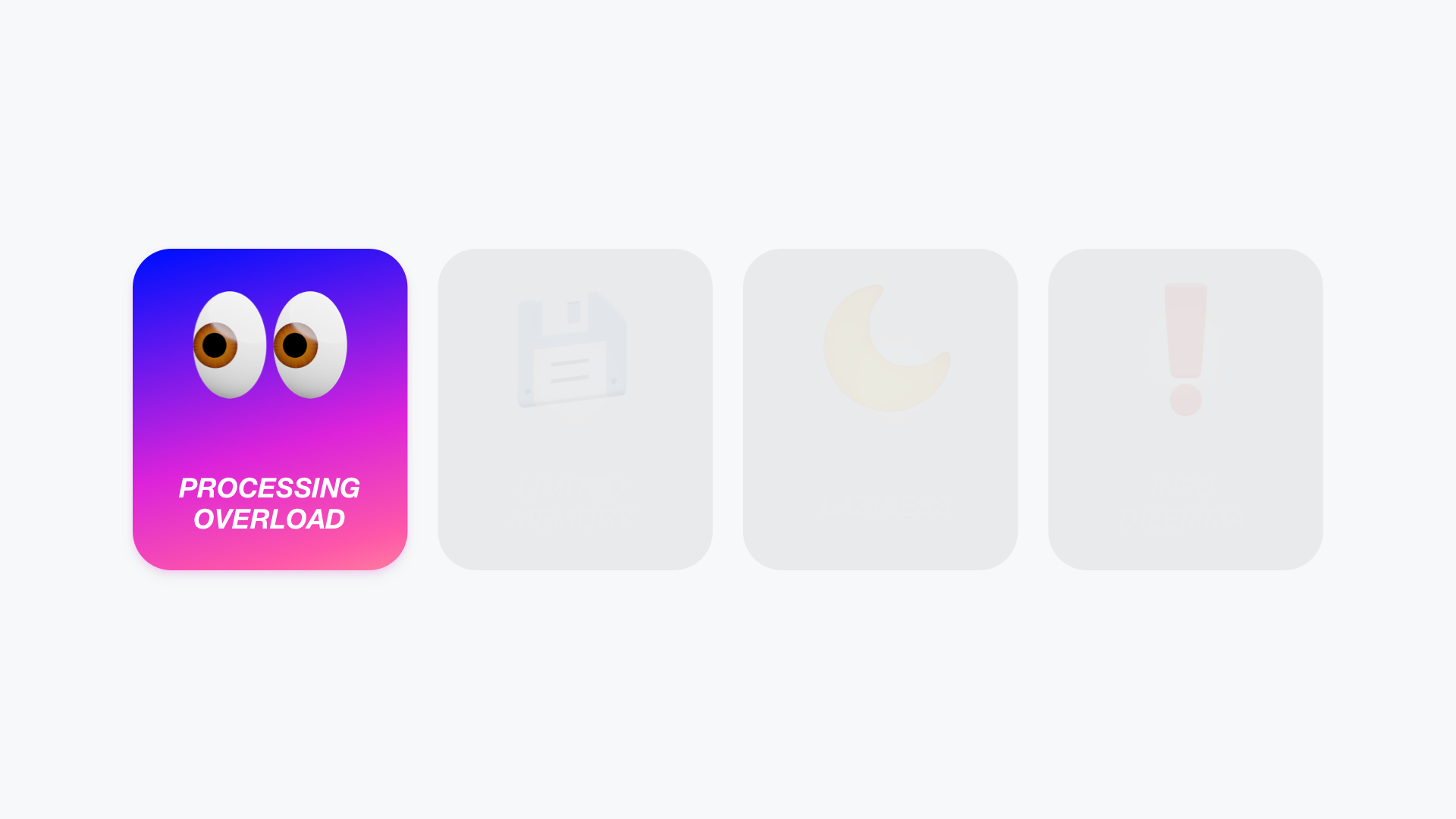
Processing Overload: People can only process a limited amount of information- Websites overloaded with information can overwhelm users, hindering their decision-making ability.
✅ Scannability
Make information scannable using a visual hierarchy with weight, color, spacing, highlights, separations, and bullet points. Display only essential data to reduce unnecessary content and emphasize critical information for easy understanding.
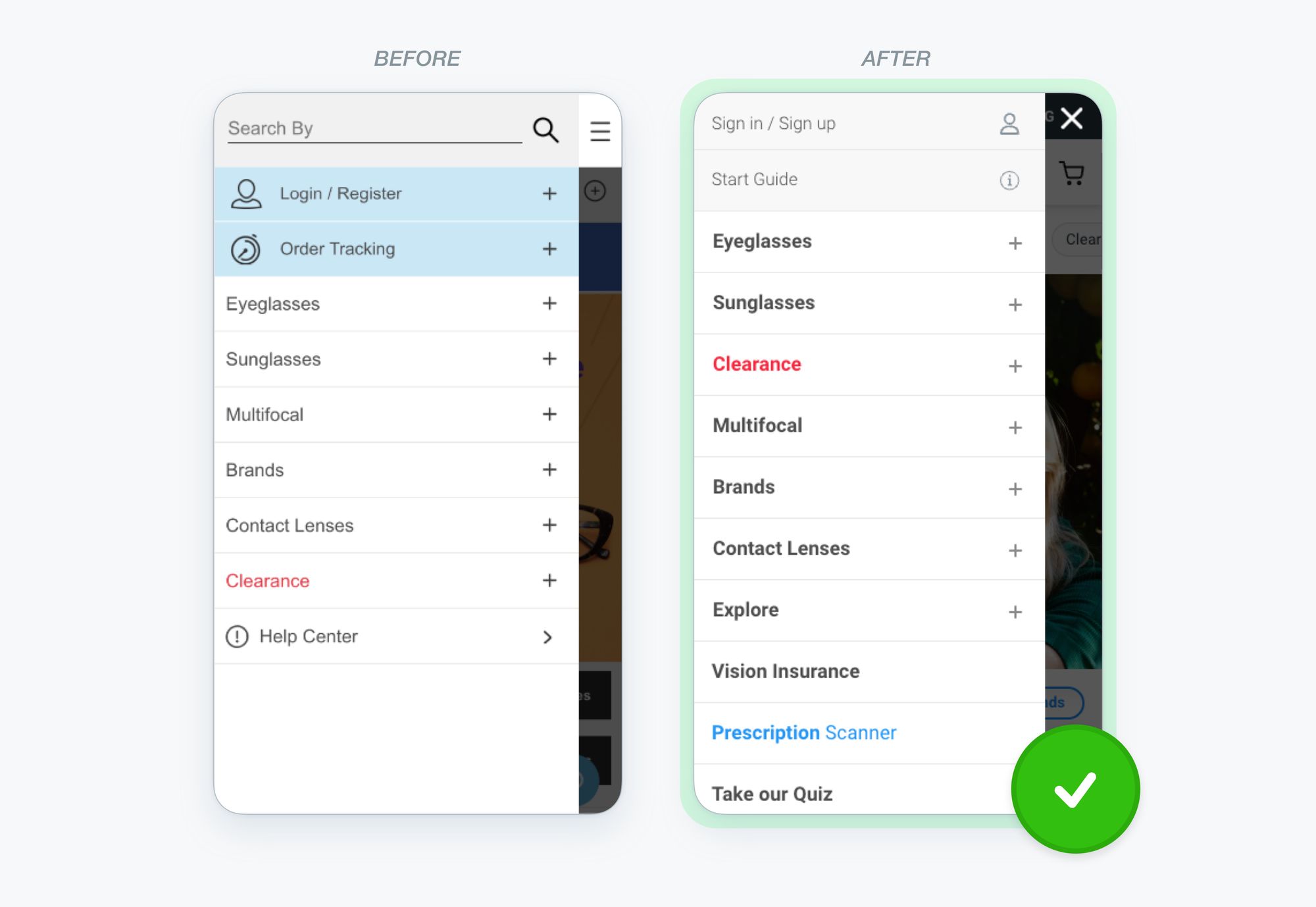
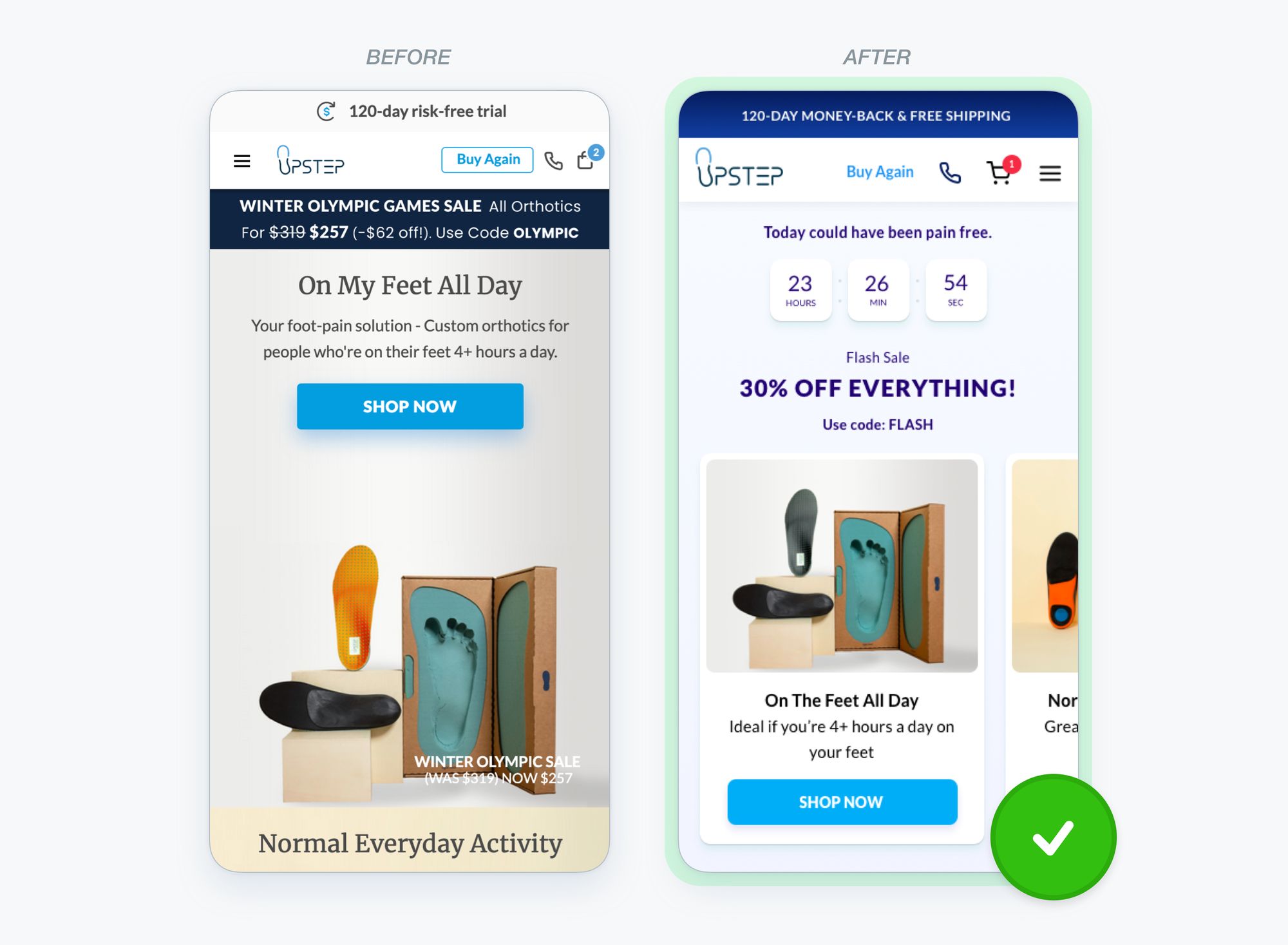
✅ Visuals
Including visuals such as images, diagrams, and videos can improve comprehension by adding more context.
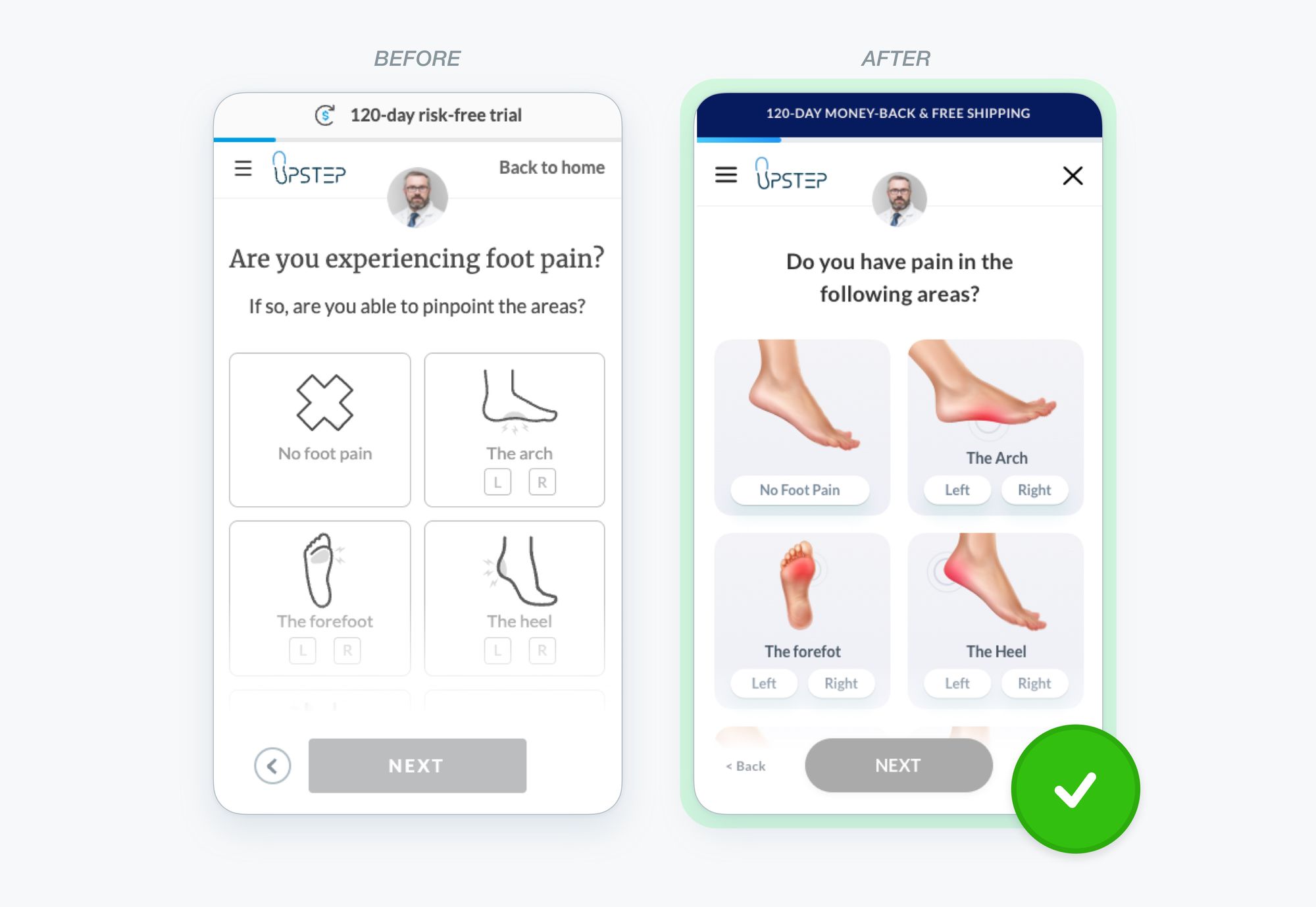
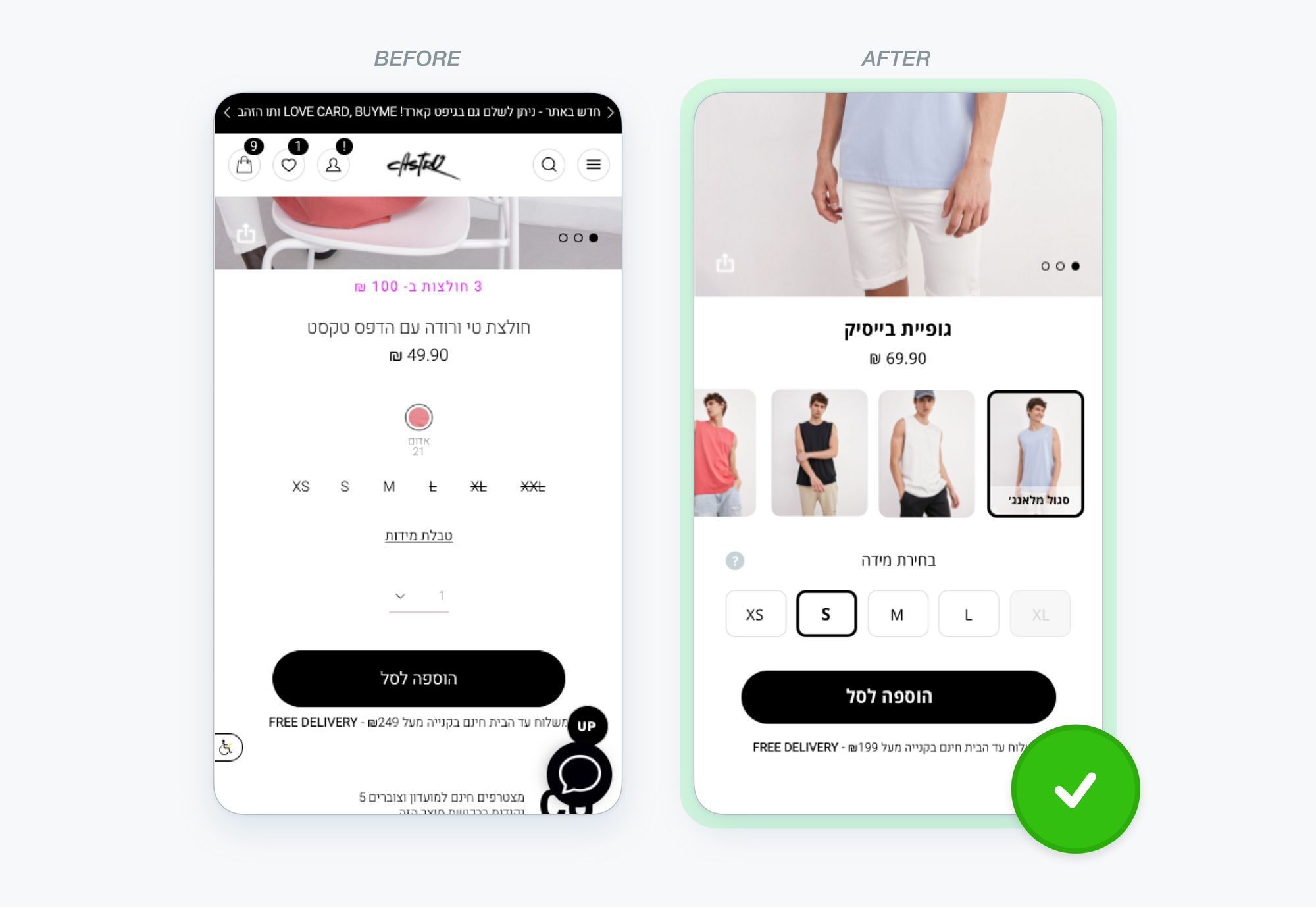
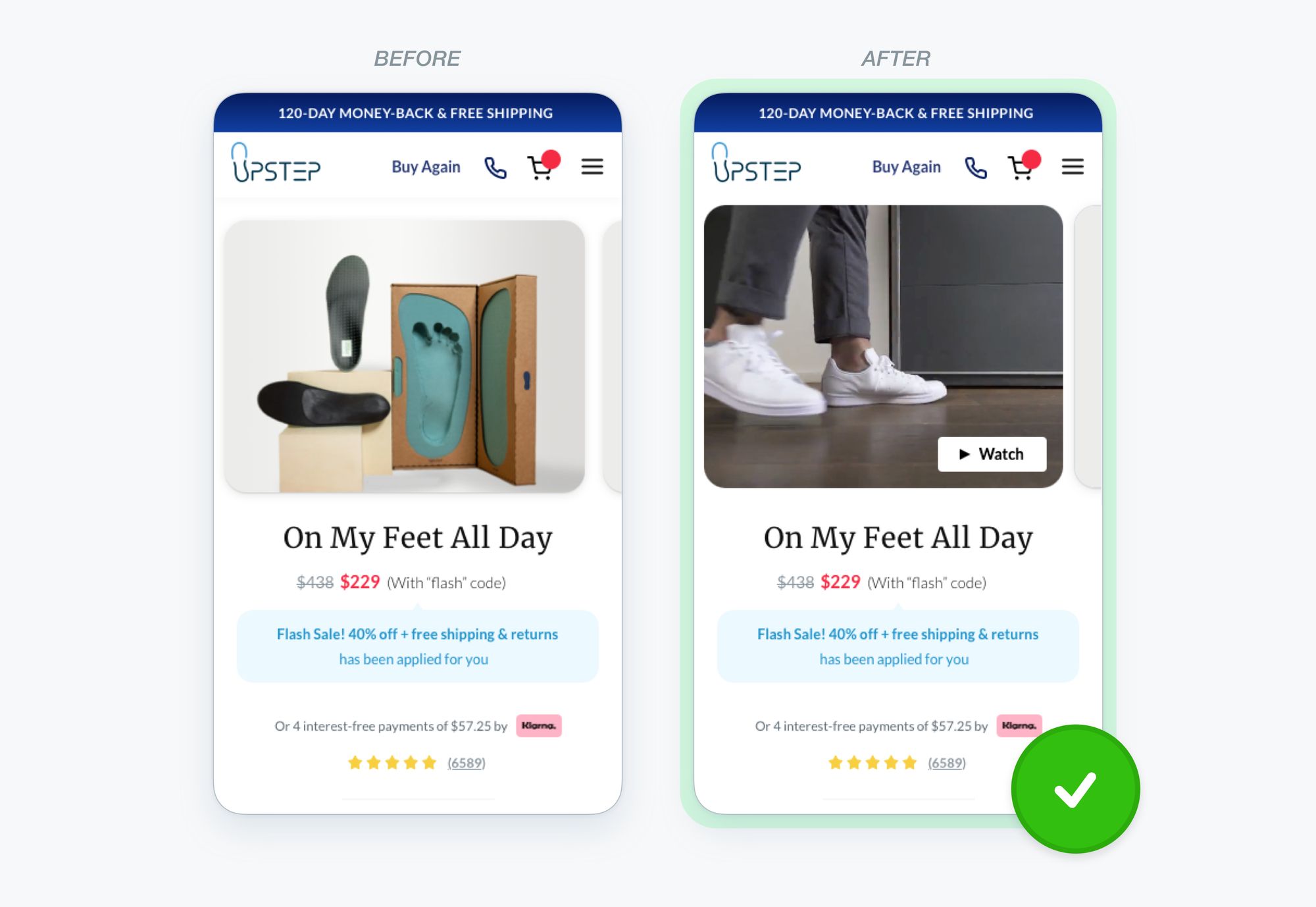
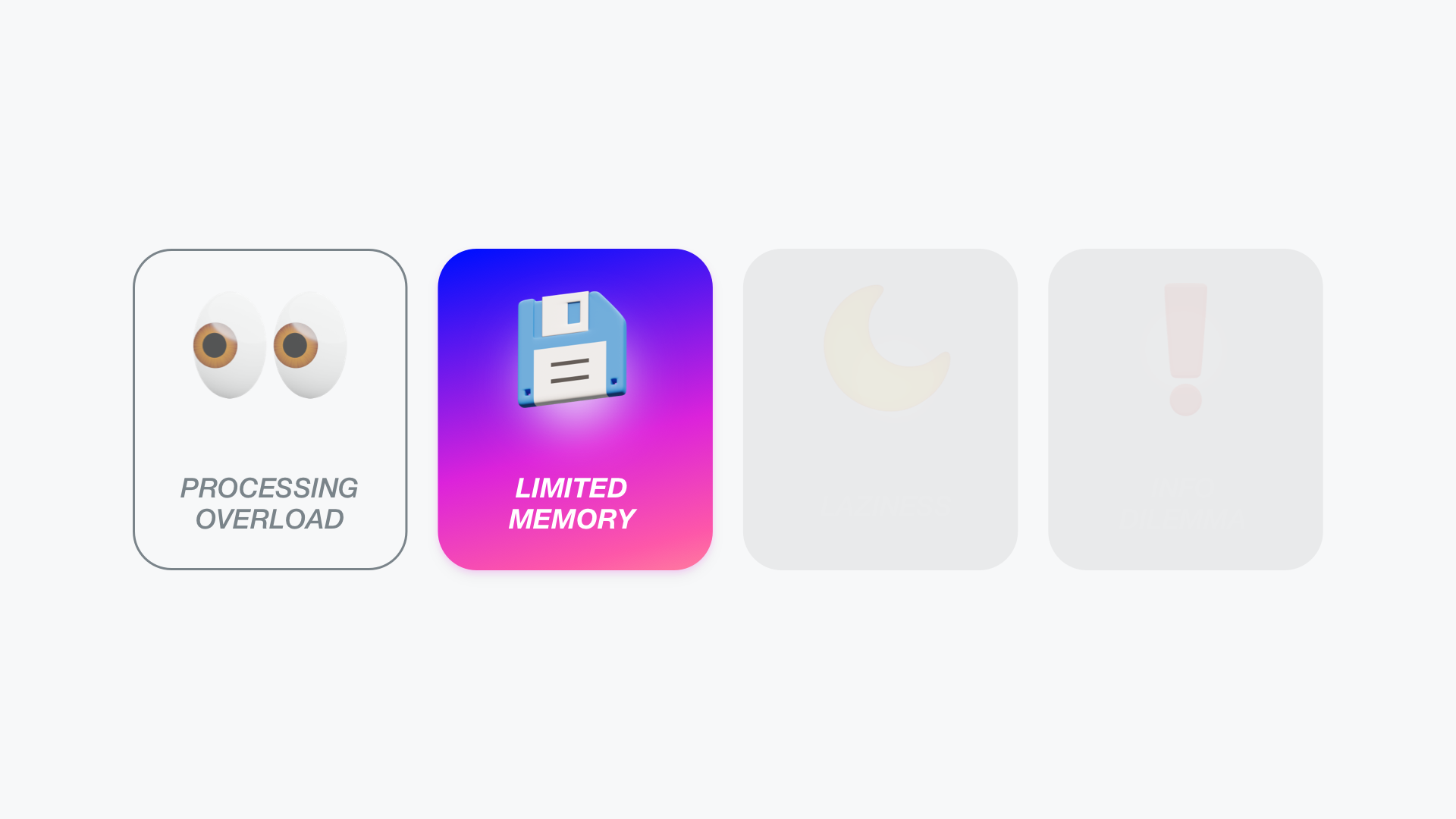
Limited Memory: People can only remember a limited amount of information- Users retain information better with visual aids and repetition. Effective Information Design.
✅ Reminders and Reinforcements
Offering reminders or reinforcements can also help address the issue of limited memory.
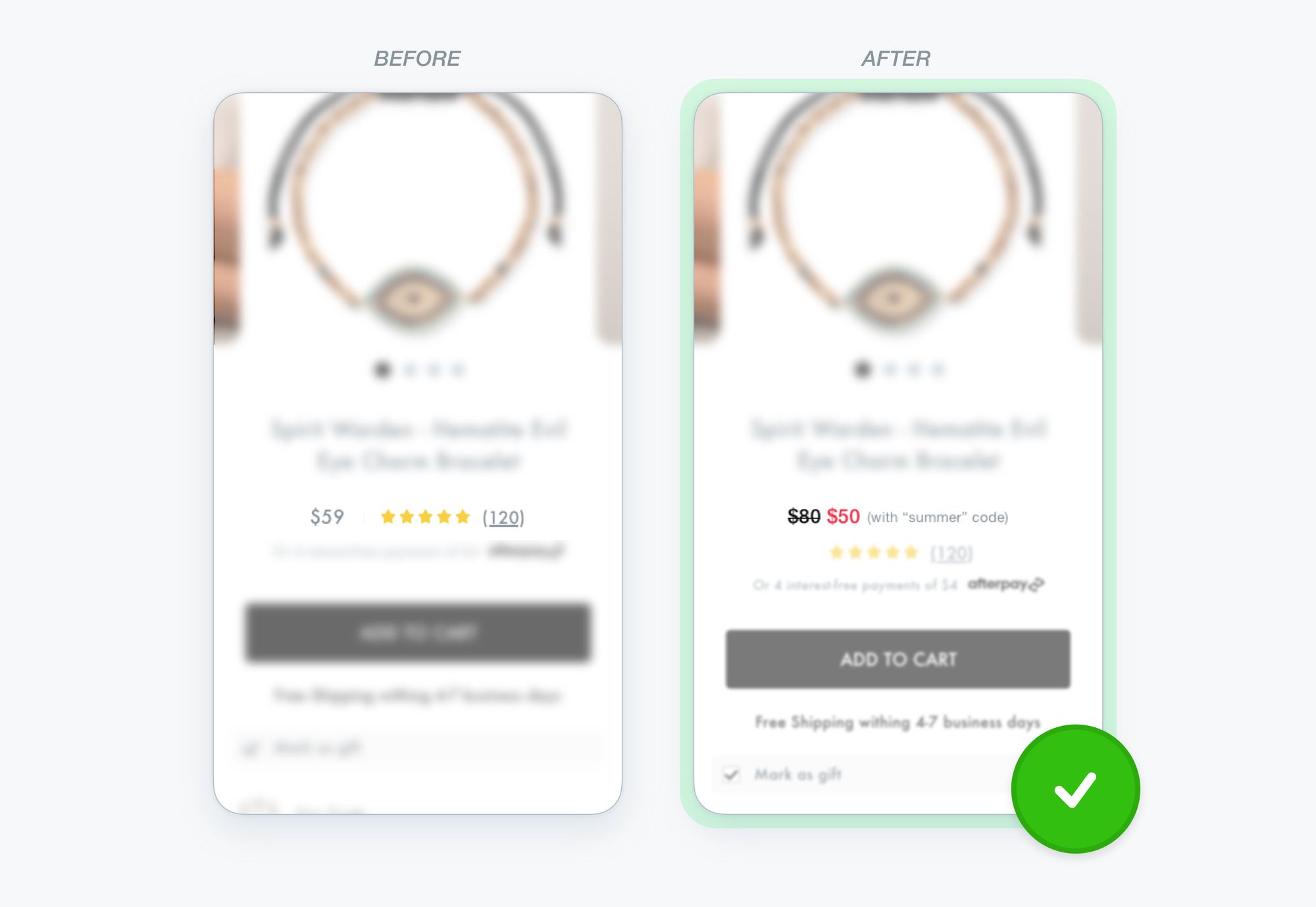
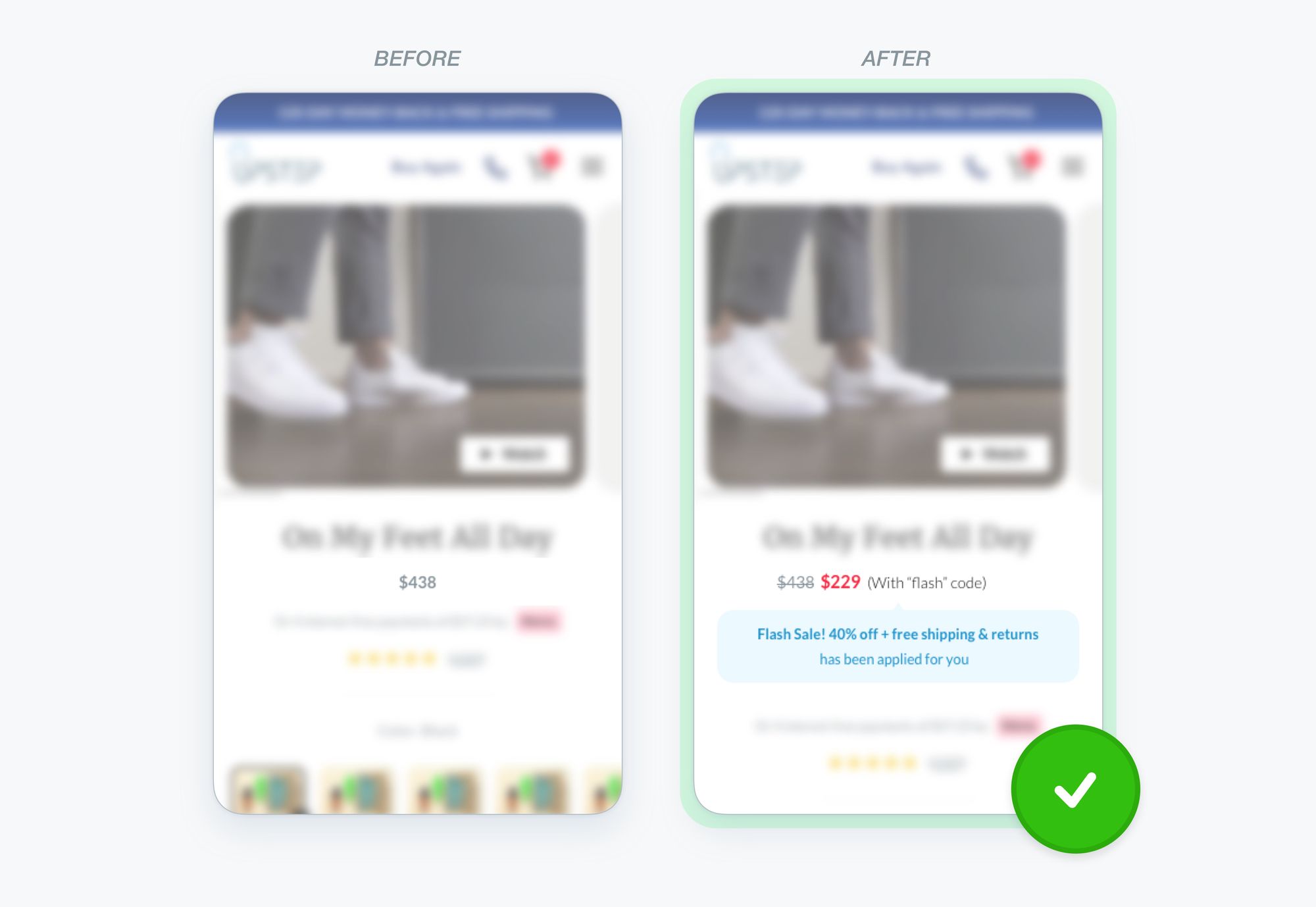
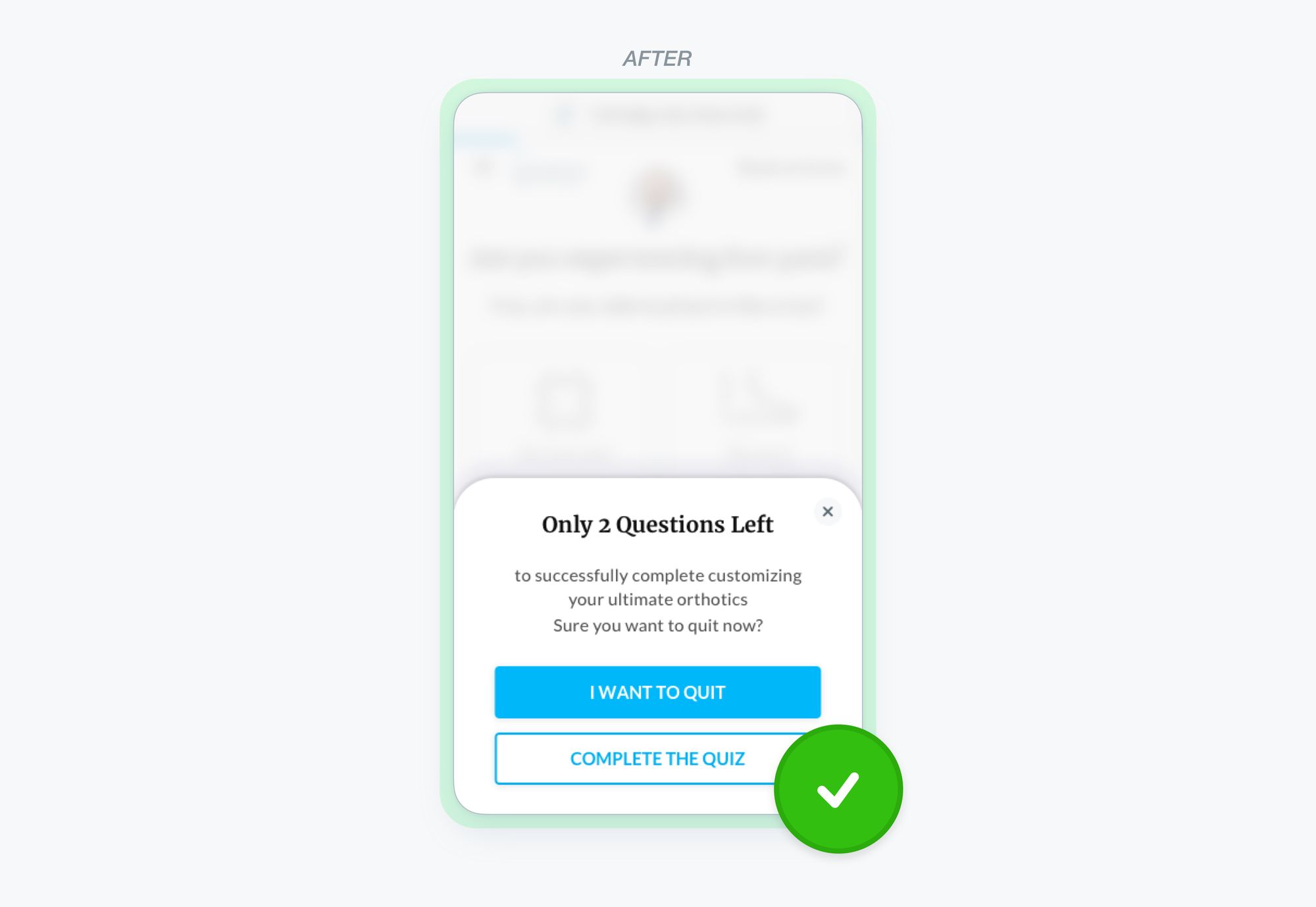
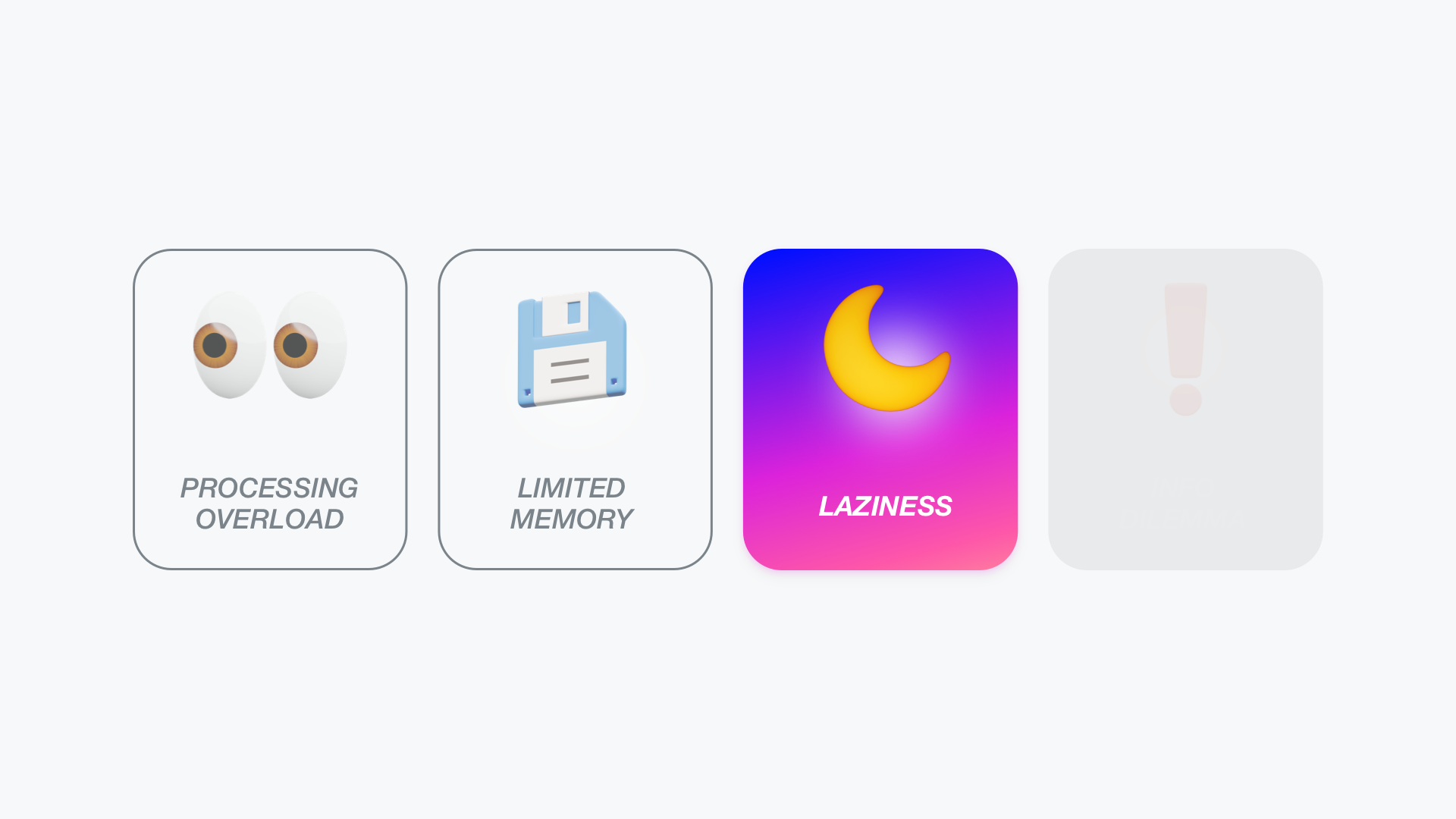
Minimal Effort: Humans are lazy- The easier a website is to navigate, the more likely users will convert.
✅ Progressive Disclosure
Progressive disclosure breaks down information and actions into steps to prevent users from feeling overwhelmed.
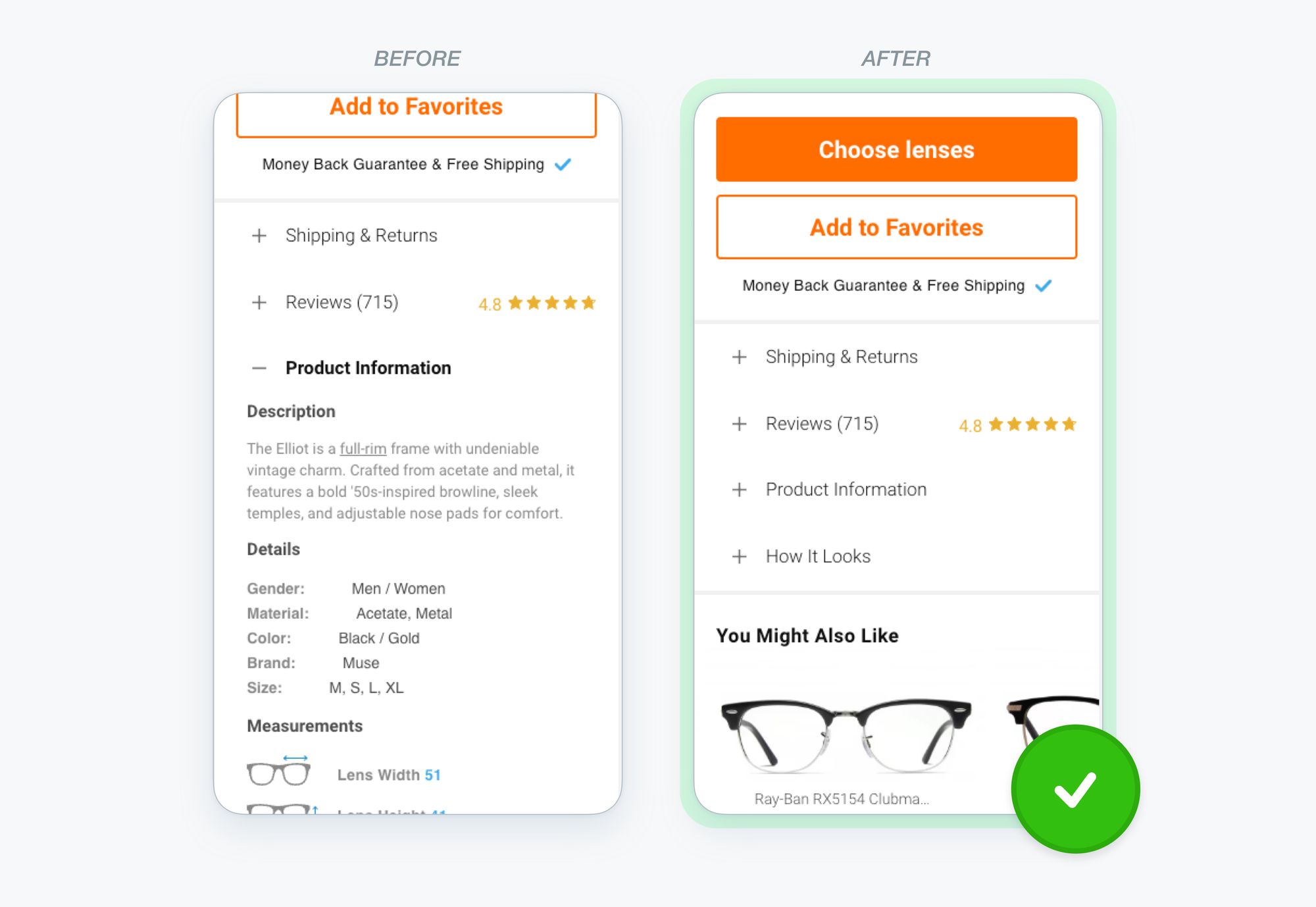
✅ Default State
Designing a user interface with a default state can improve the user experience. This means meeting the most common user needs without customization while allowing easy access to customization options.
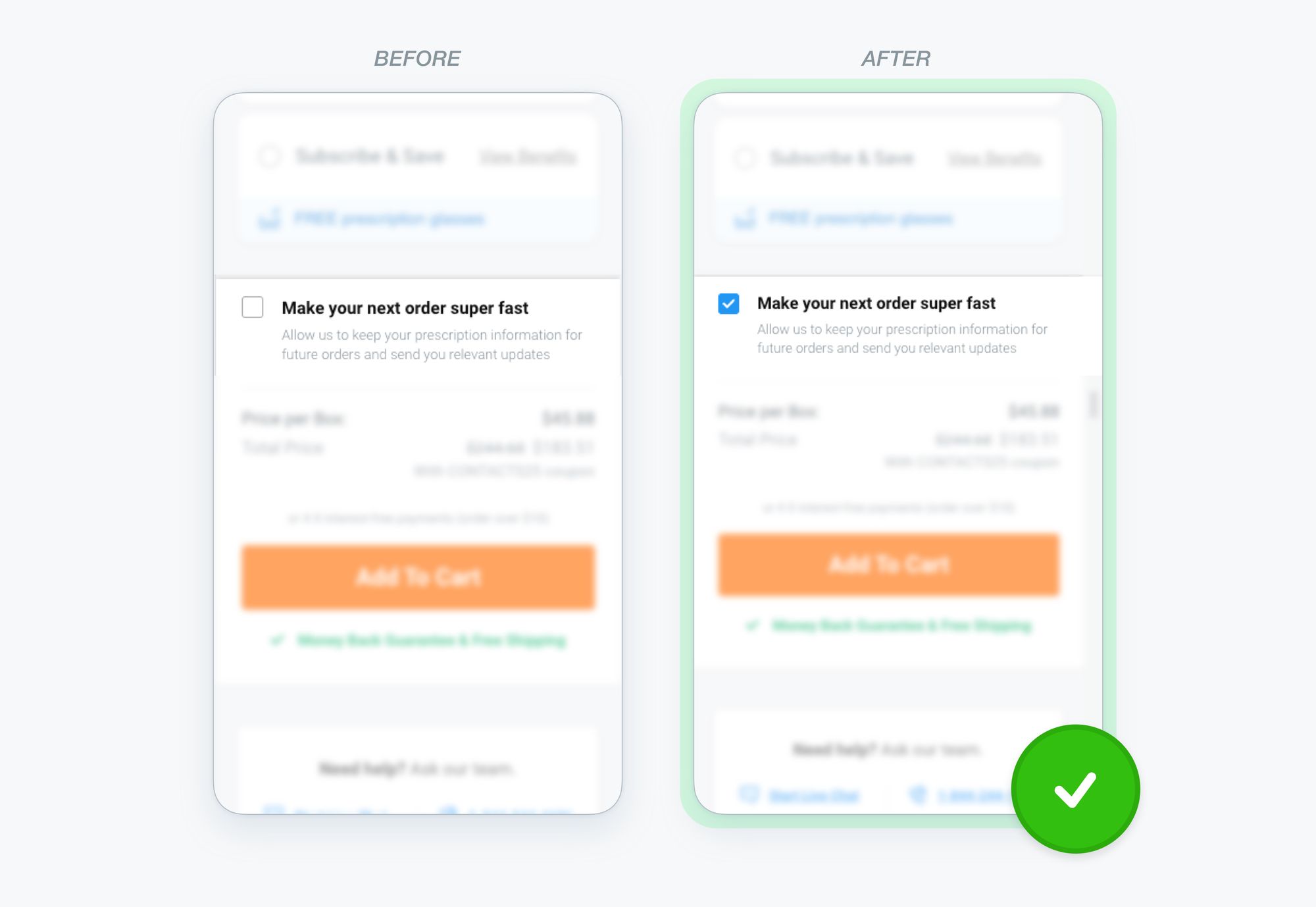
✅ Breaking it Down
Breaking down complex tasks into more straightforward, manageable steps creates a minimal-effort experience. This can be achieved using step-by-step instructions, tooltips, or guided tours to help users navigate the process.
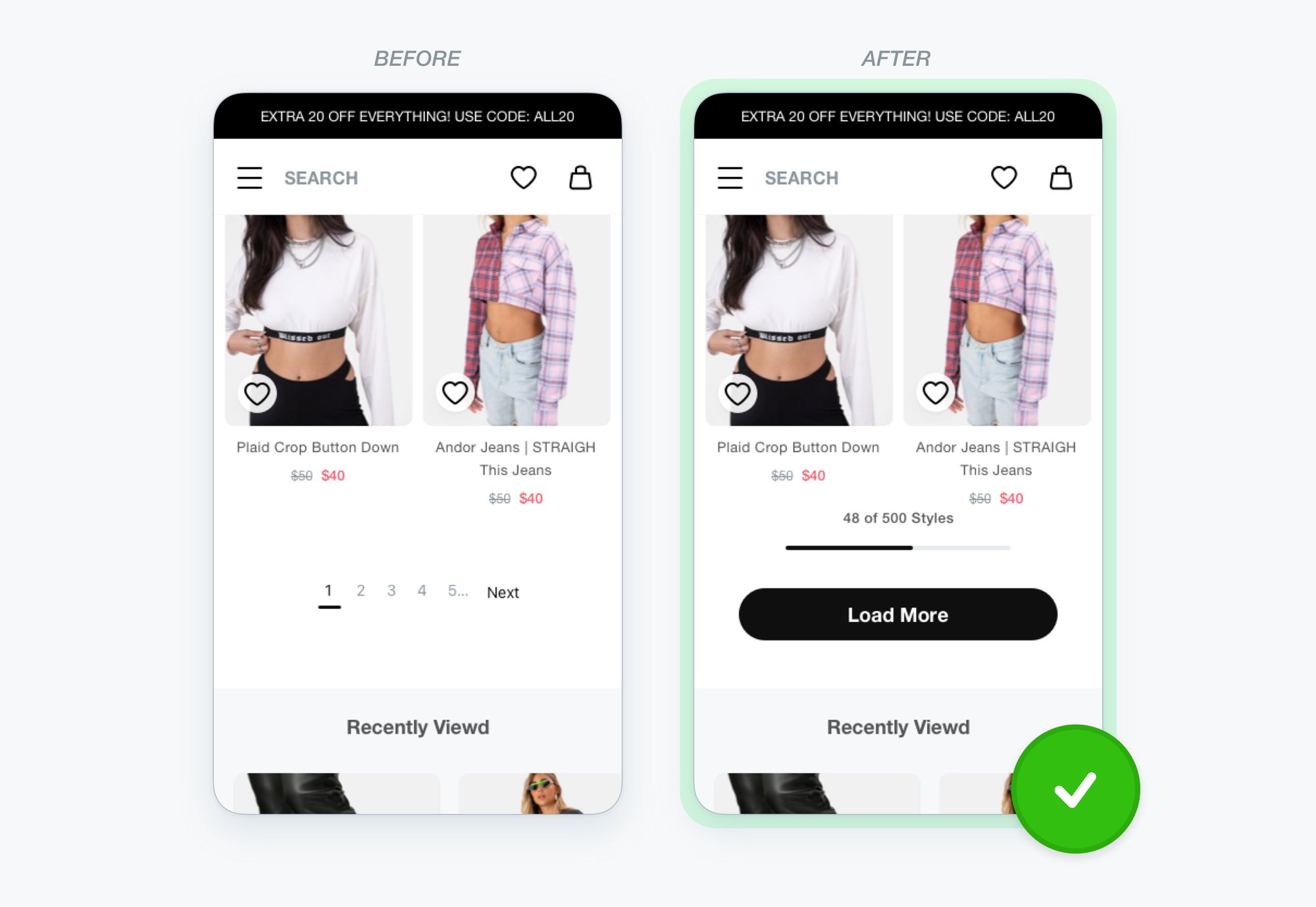
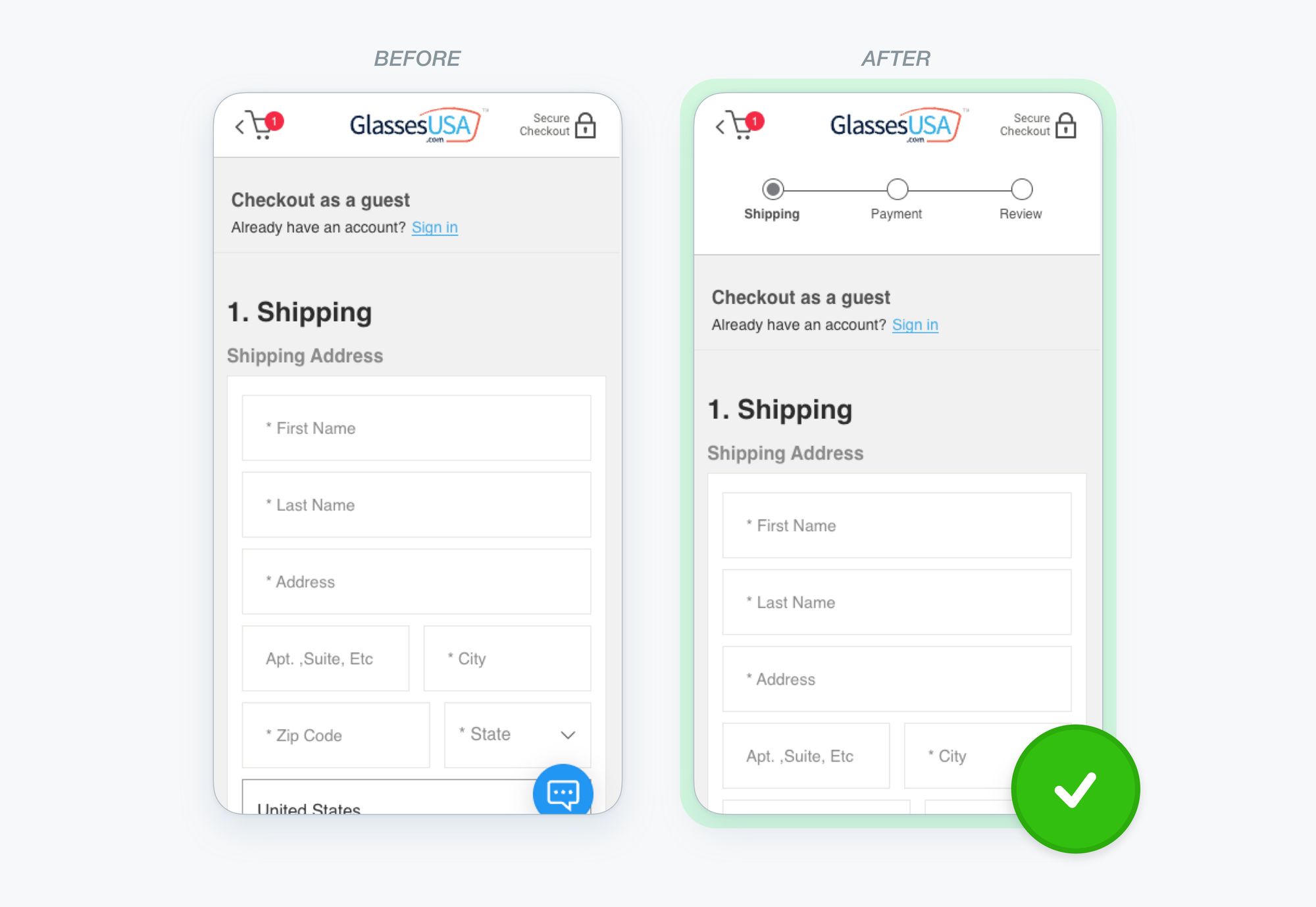
✅ Personalization
Personalization can also minimize effort by tailoring the user experience based on the user's preferences and behavior. This could include personalized product recommendations, search results, and content.
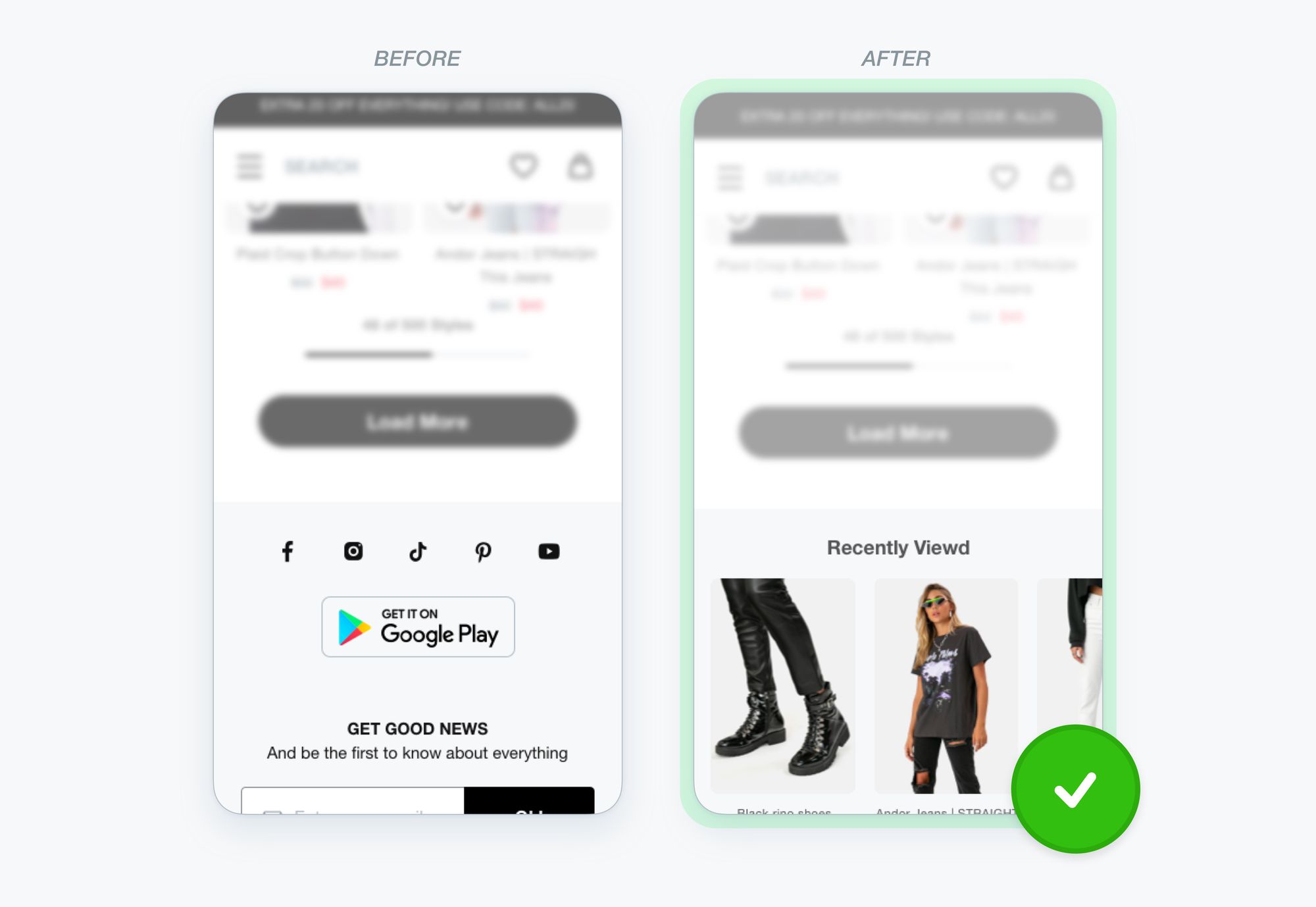
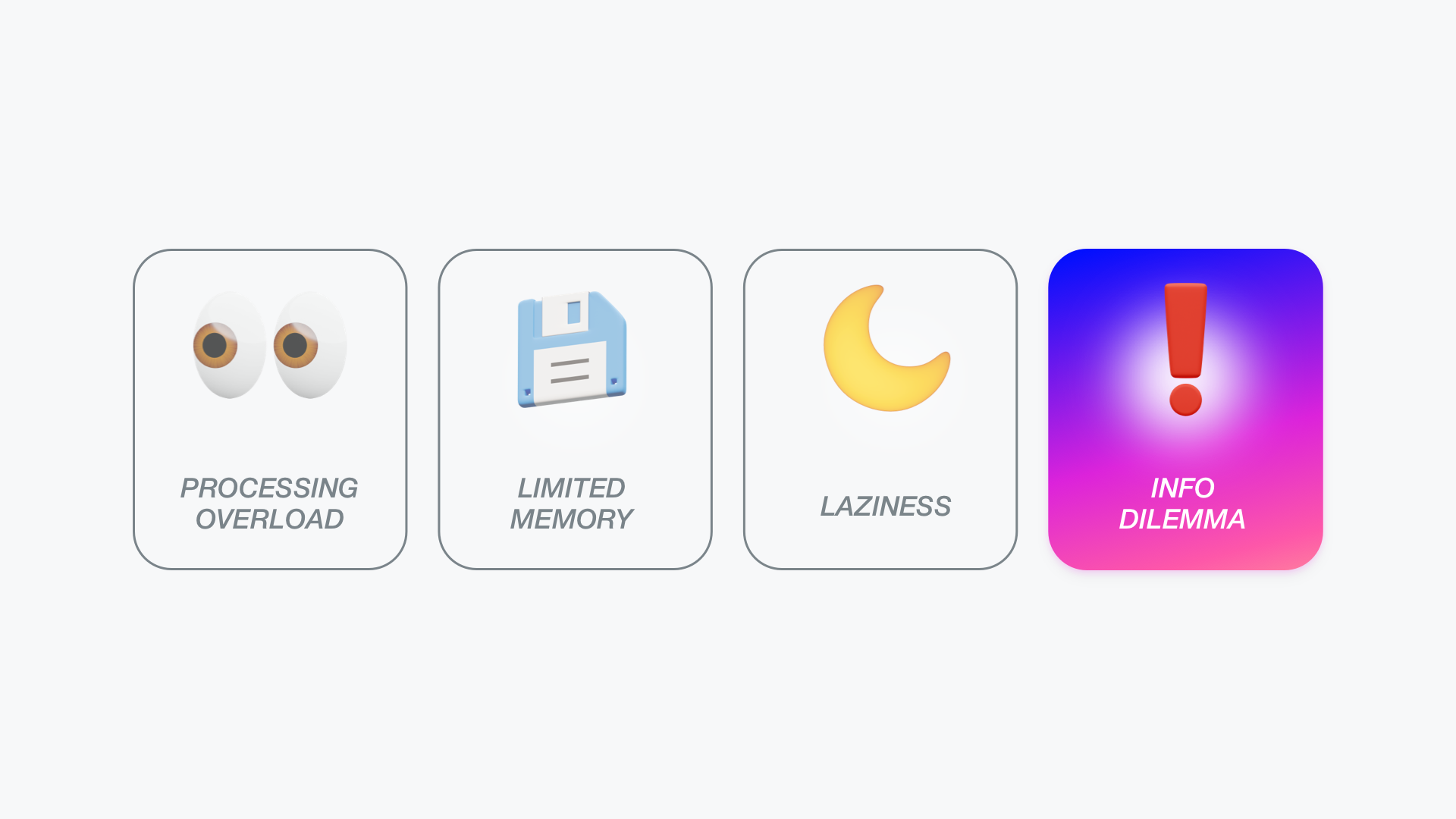
Information Paradox: information overloads humans but calms them down - Striking a balance between providing enough information and maintaining a calming user experience is critical.
✅ The Right Information at the Right Time
To solve the information paradox, provide relevant information at the right time by understanding the user's journey and needs.
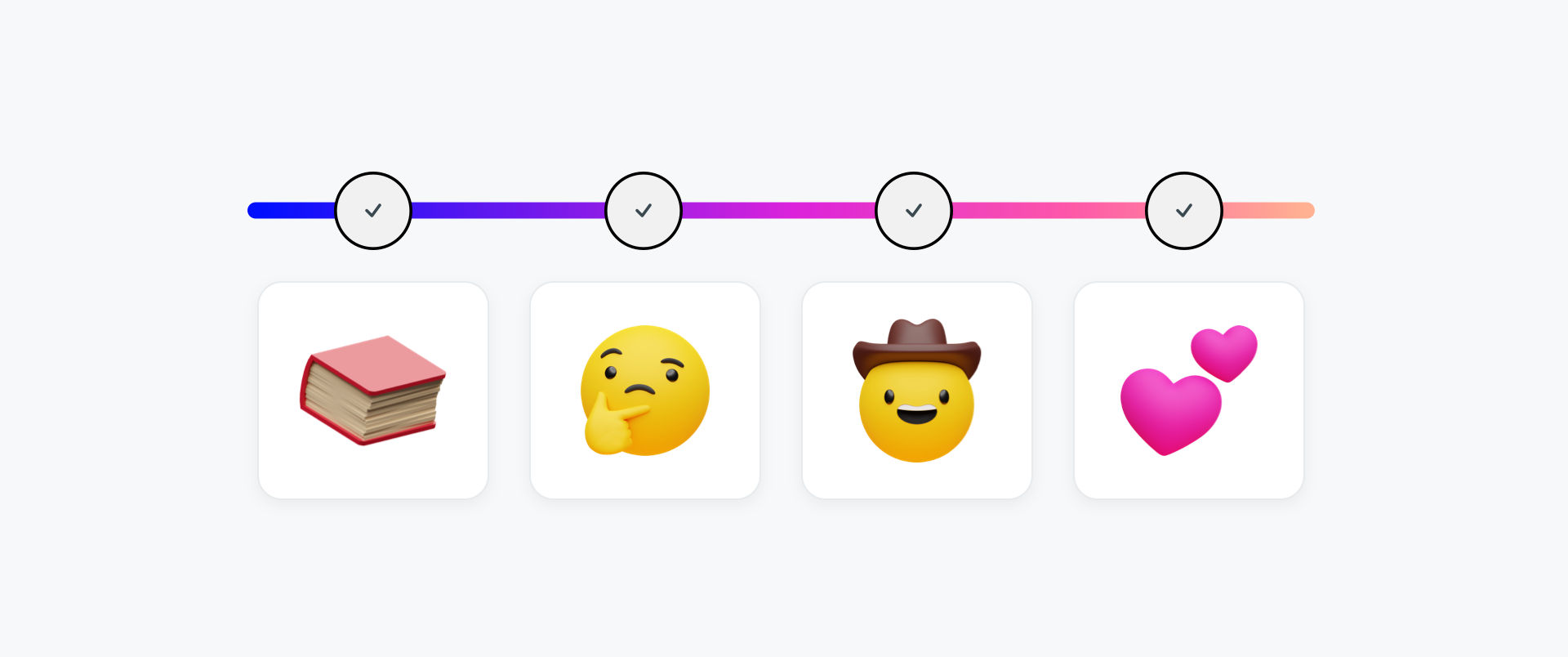
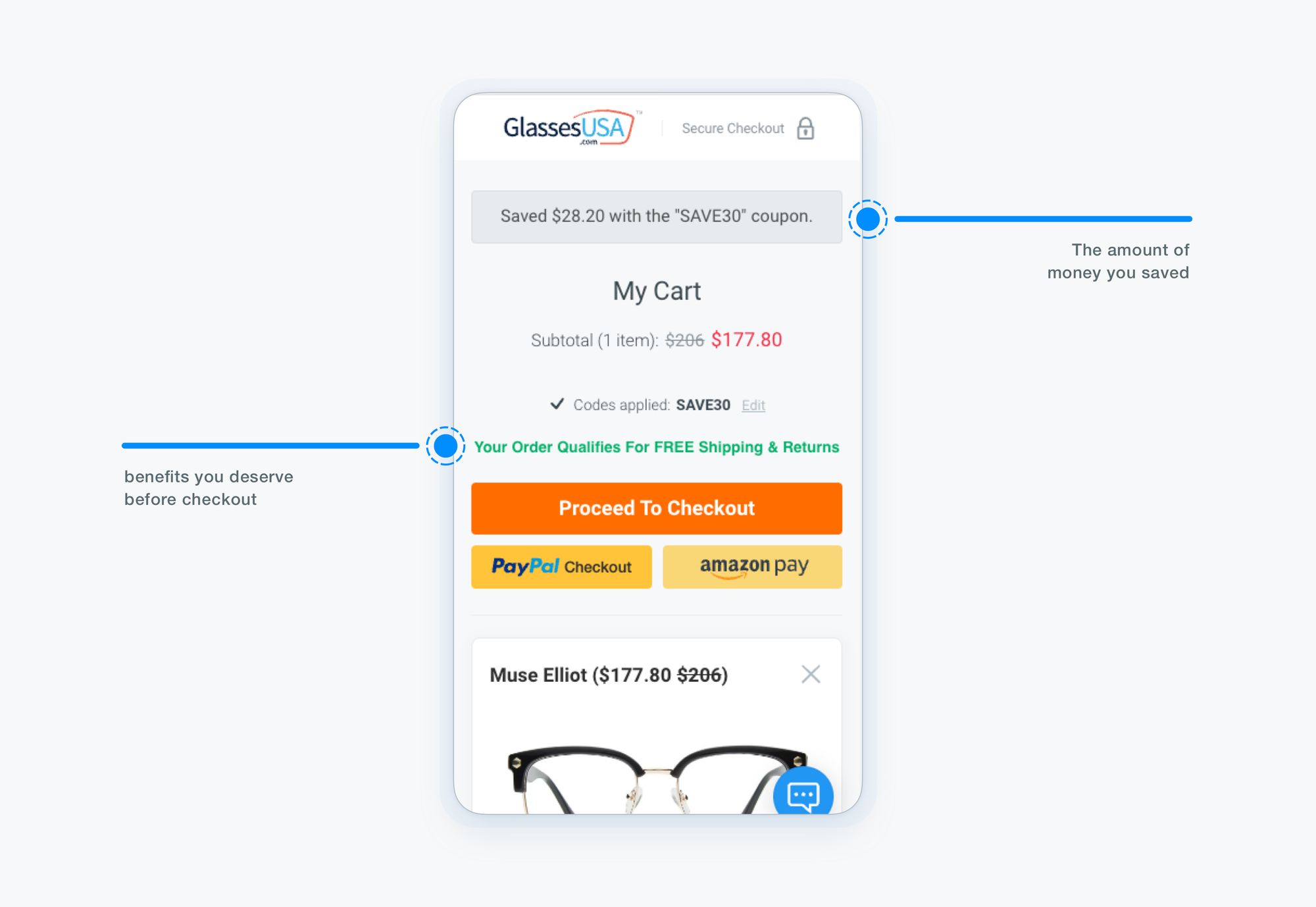
2. Behind the Numbers: The Science of CRO
Beyond understanding user psychology, a successful CRO involves systematic testing and personalization.
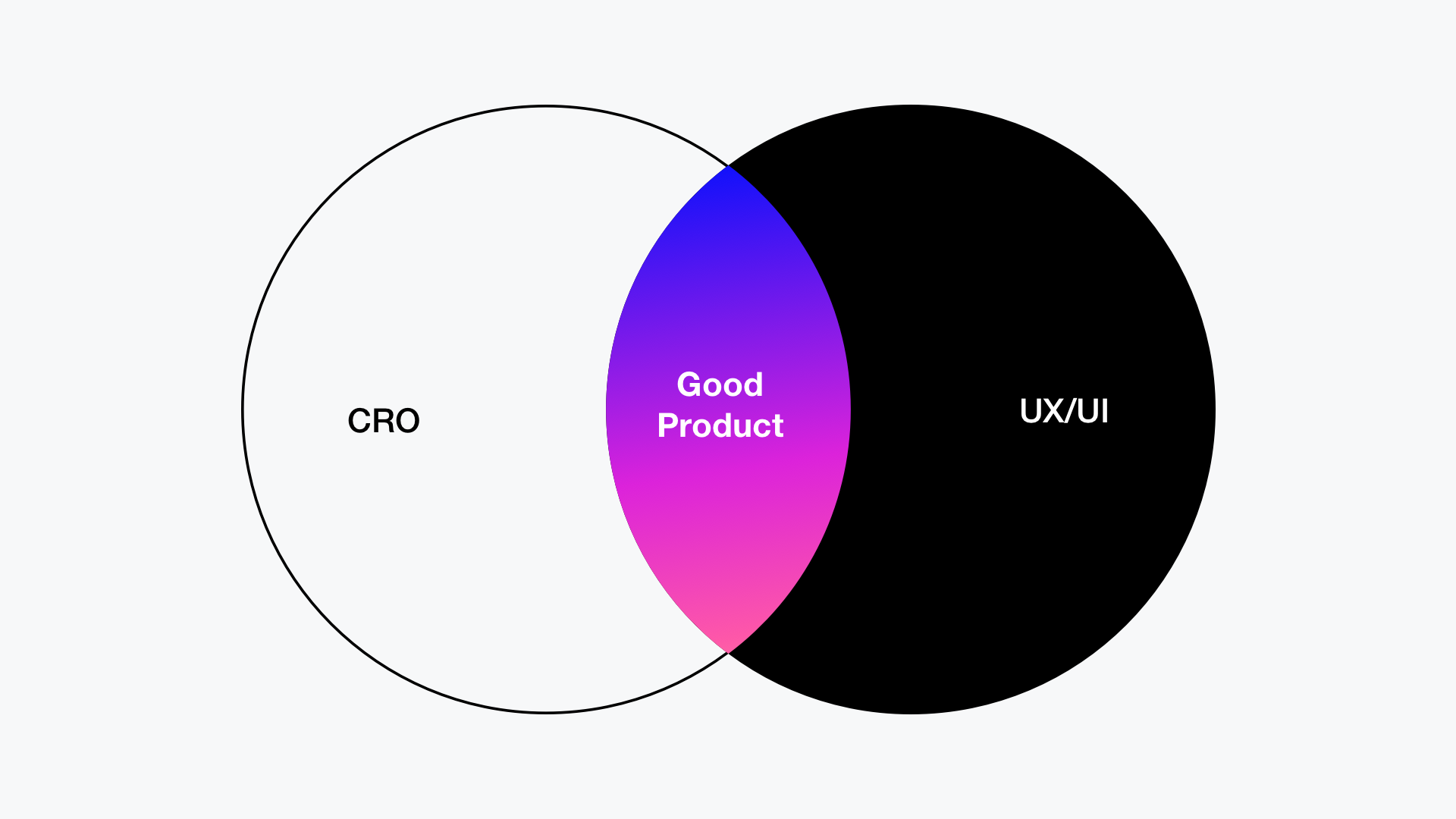
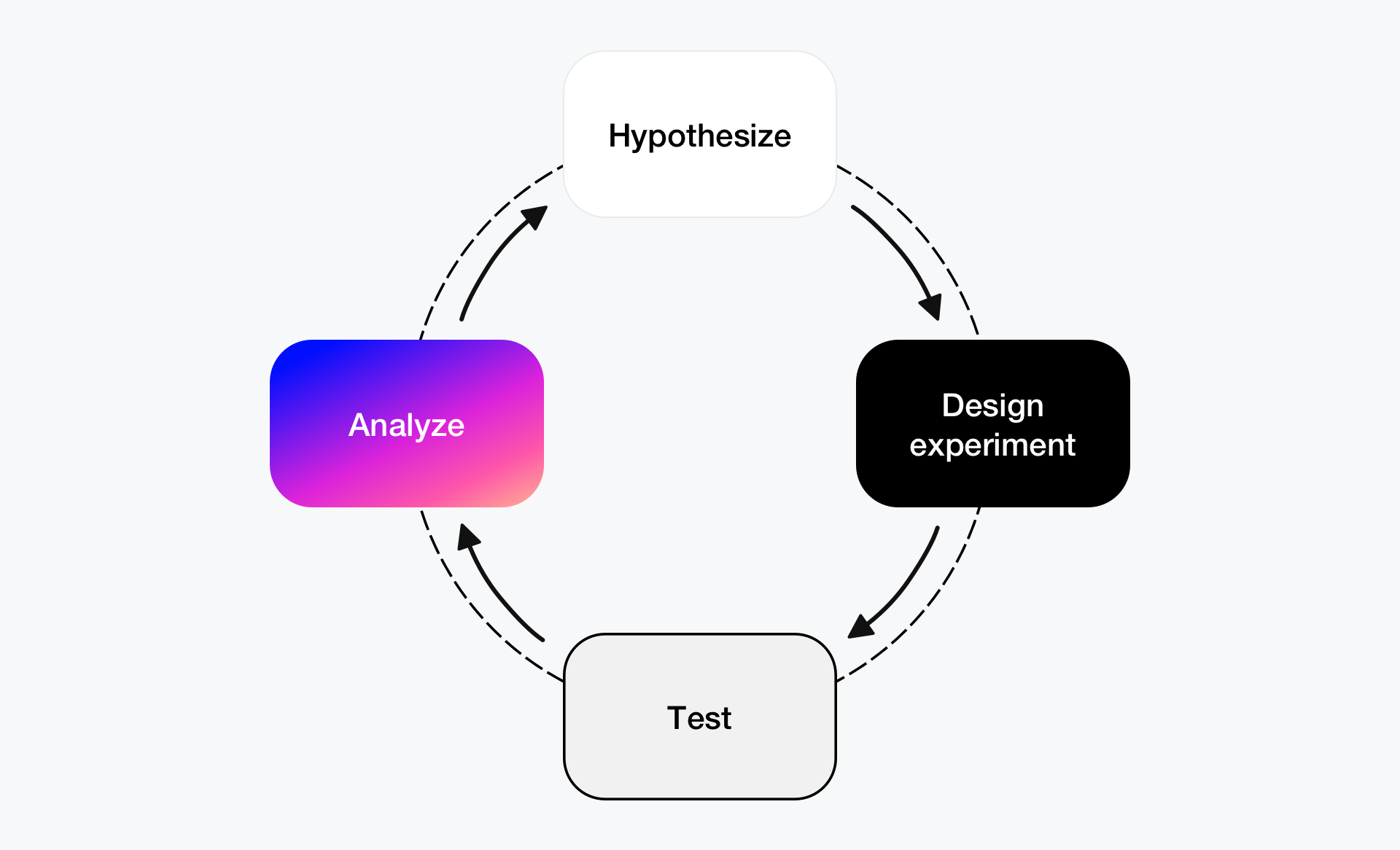
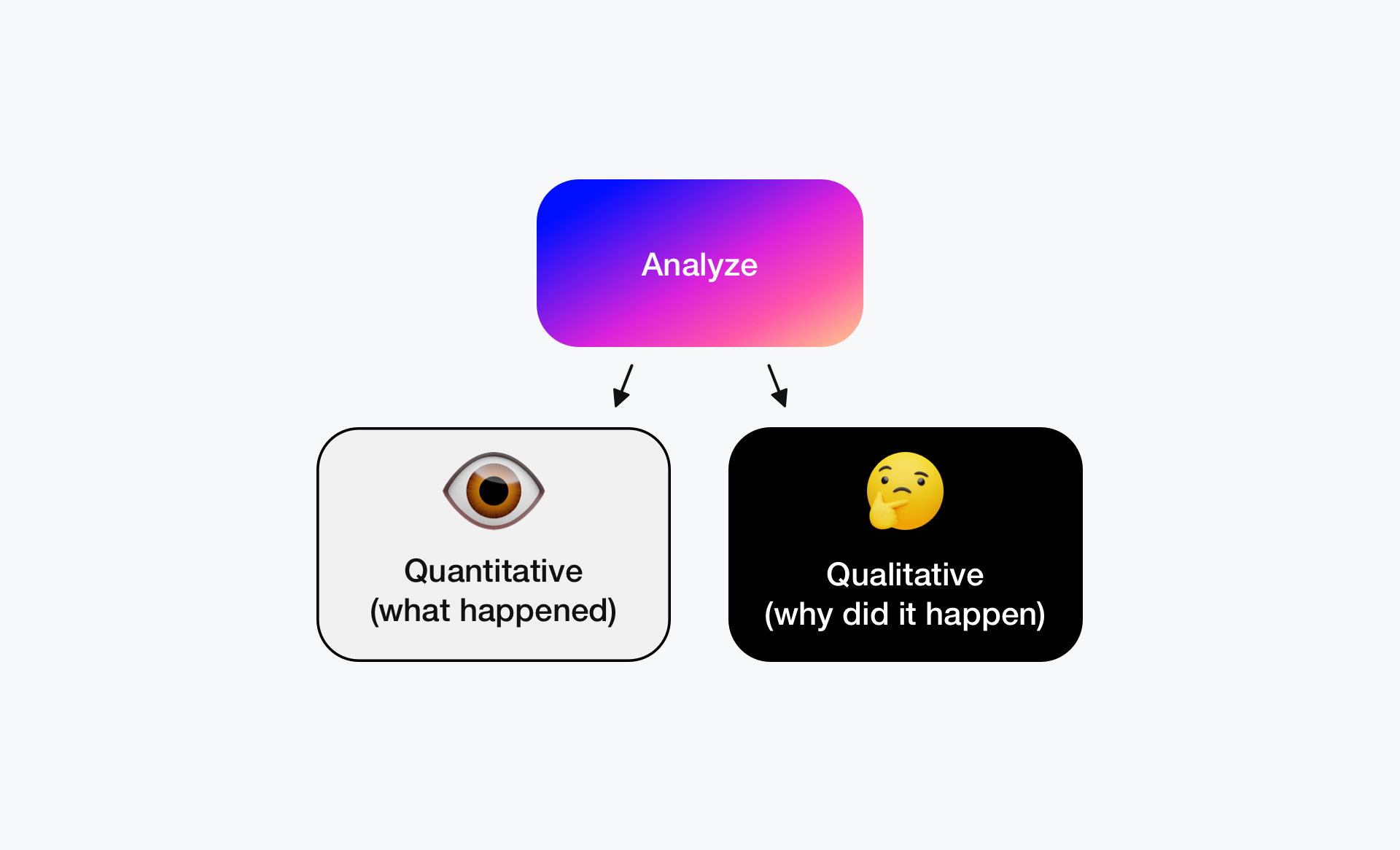
❇️ A/B Testing: a powerful tool for determining practical website design elements. (It works differently for each site, so it's individual, and that's why we do these experiments.)
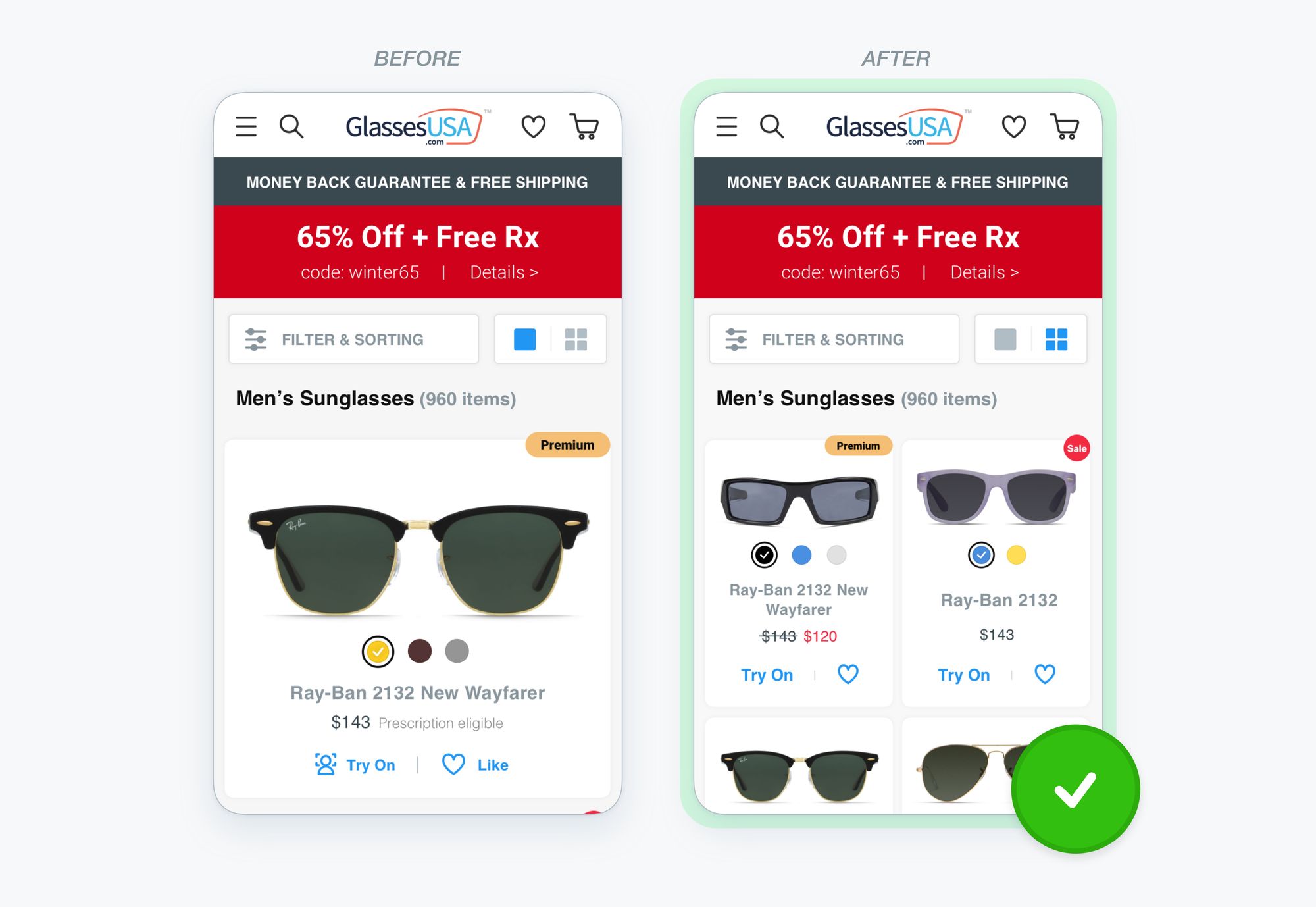
❇️ Personalization: Personalized user experiences enhance engagement and boost conversions.
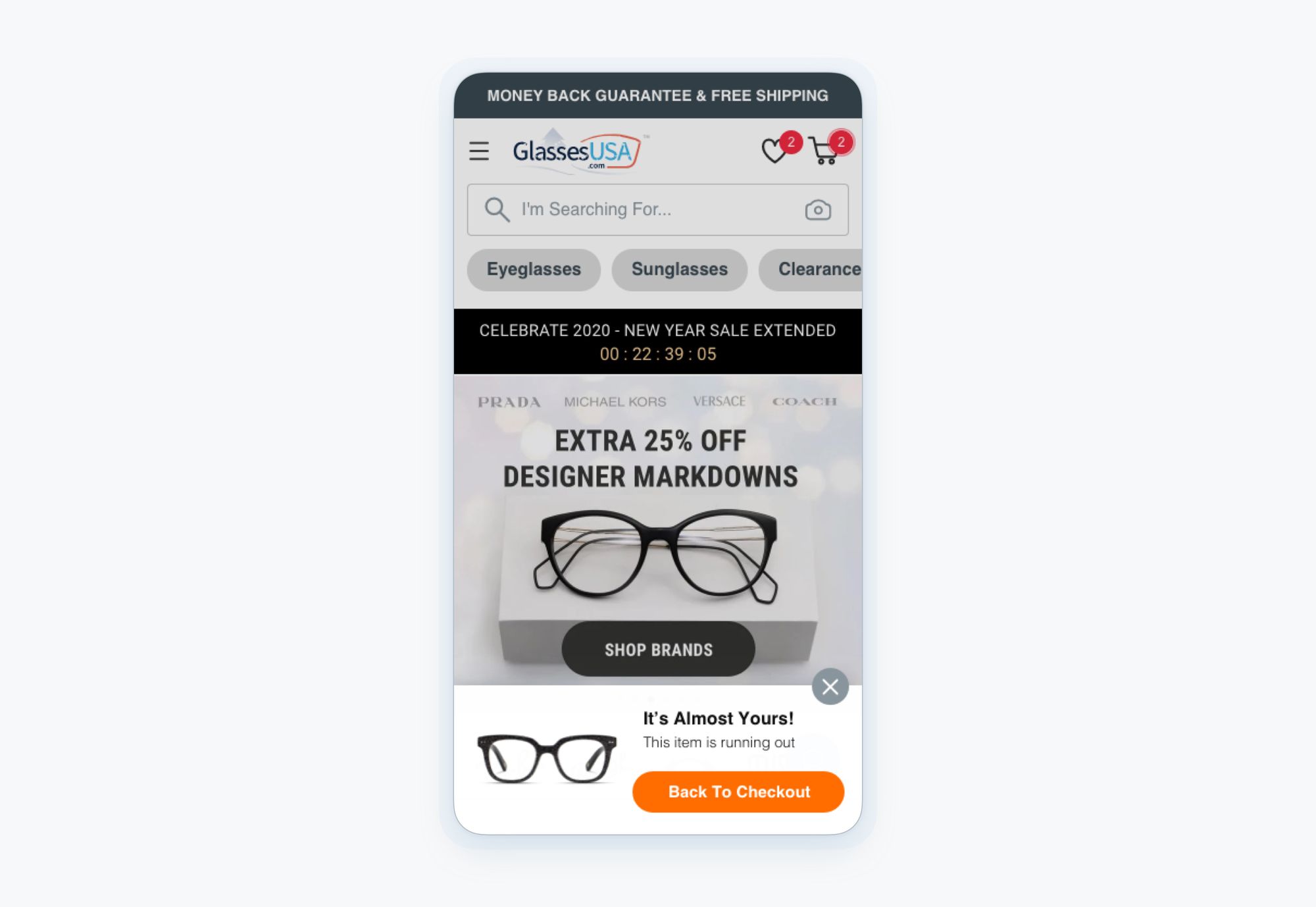
❇️ Optimization: Continuous optimization is integral to improving conversion rates.
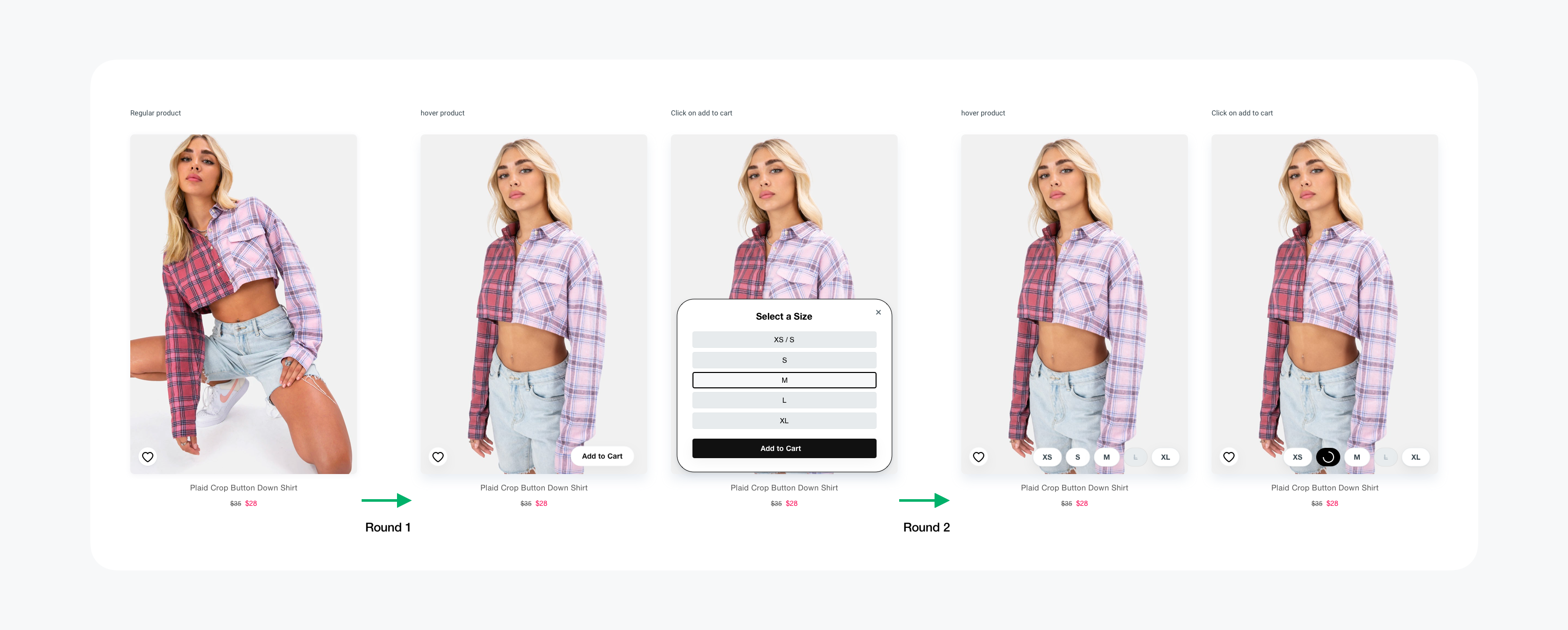
3. Test it!
To get things done right, you need to do them efficiently and effectively. Check out these helpful tips to ensure you're on the right track:
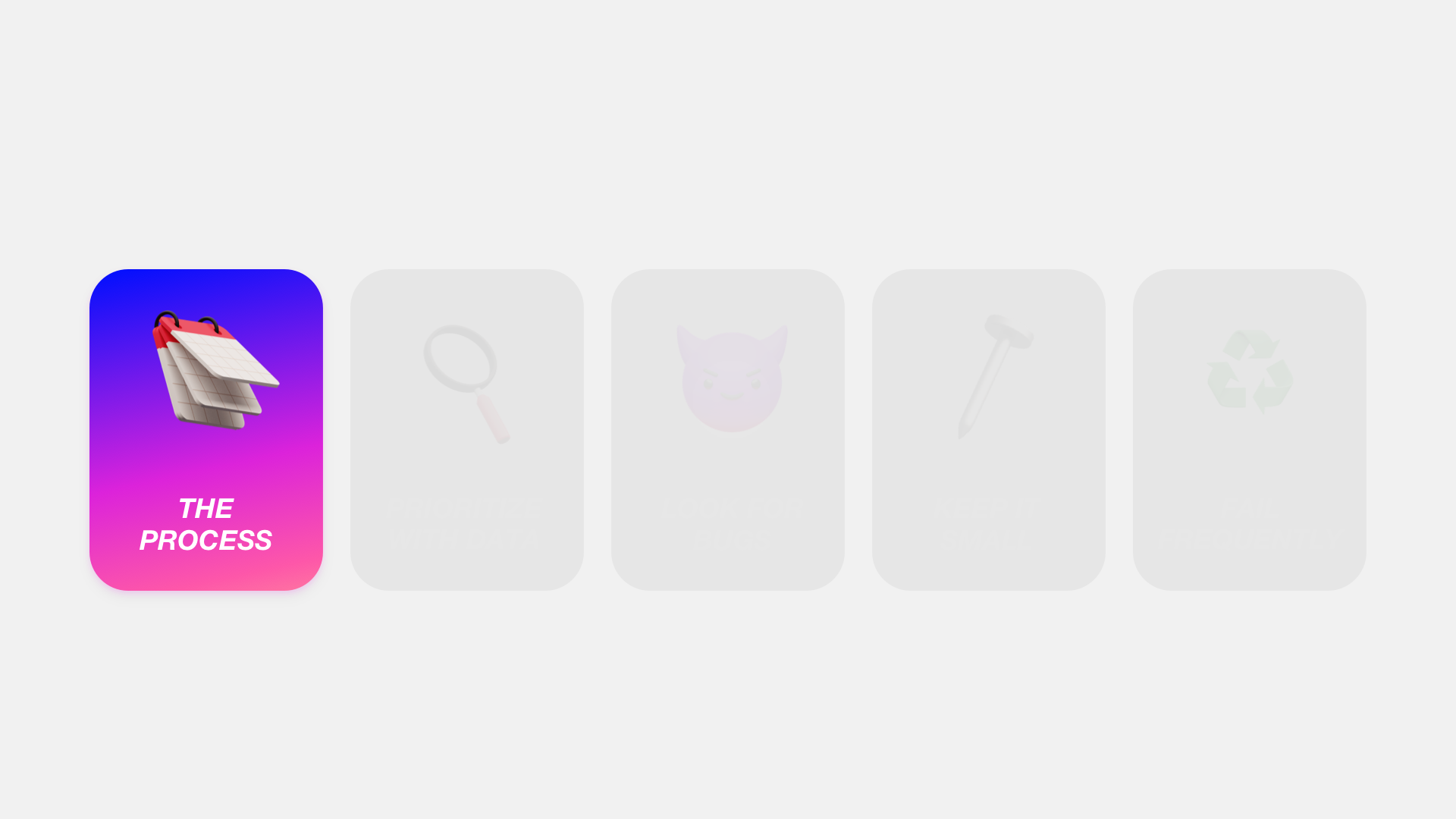
💡 The Process: Identify potential improvements, implement changes, and test their effectiveness.
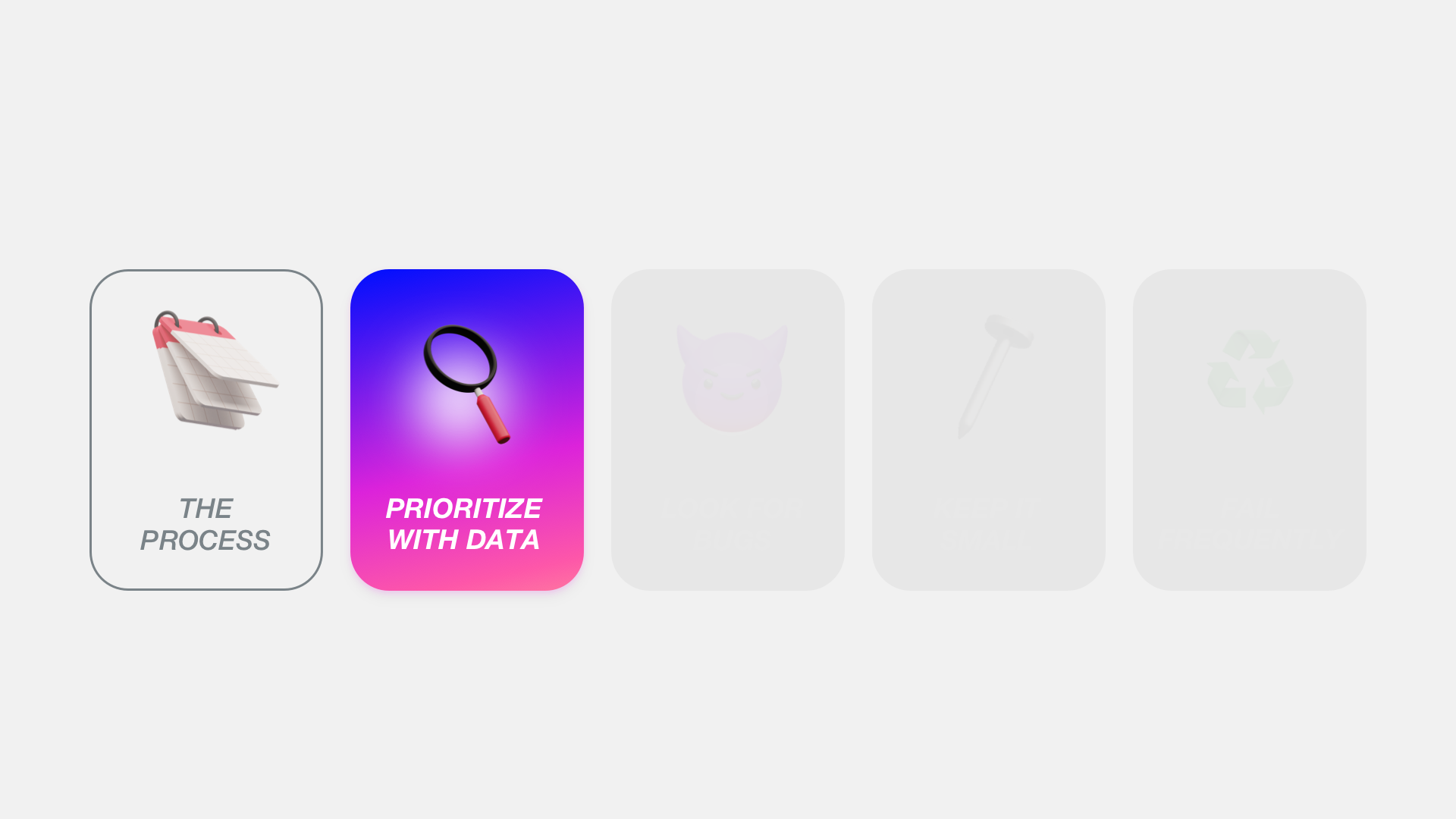
💡 Prioritize by Data: Make data-driven decisions.
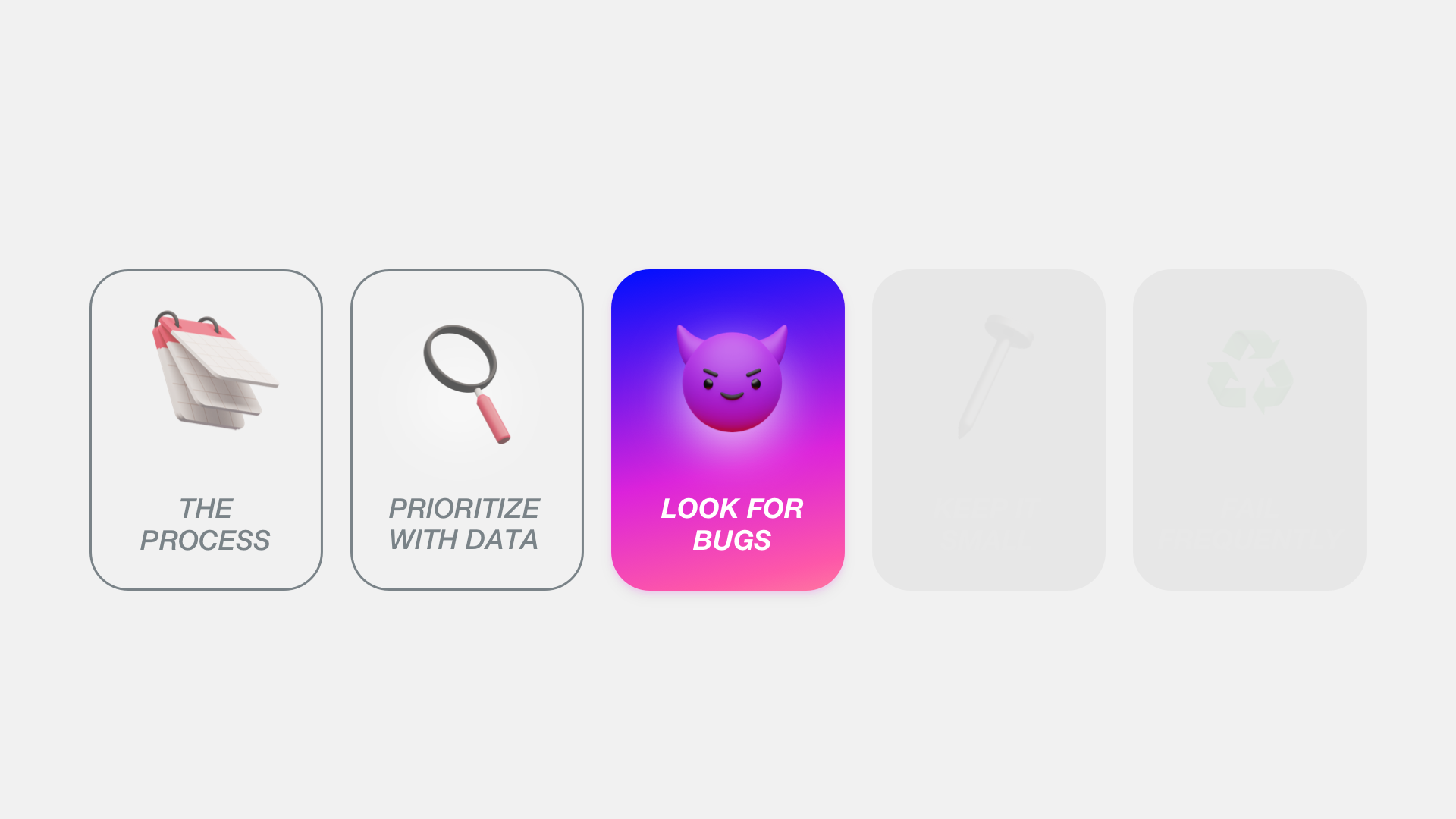
💡 Find and Fix Bugs: Regularly test your website to identify and rectify bugs that might impede the user experience.
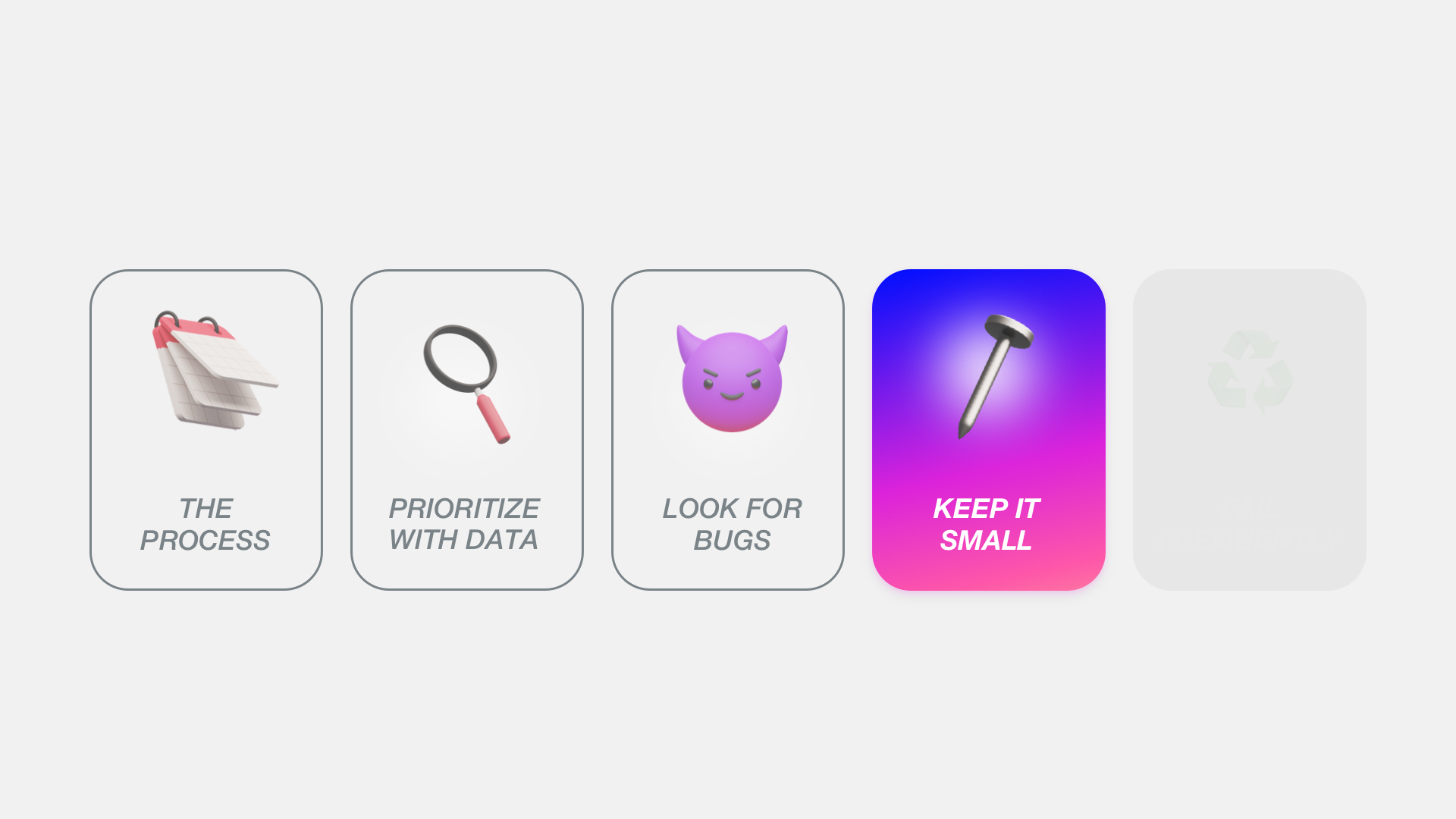
💡 Keep Everything Simple and Easy: Ensure your design and user journey are straightforward and intuitive.
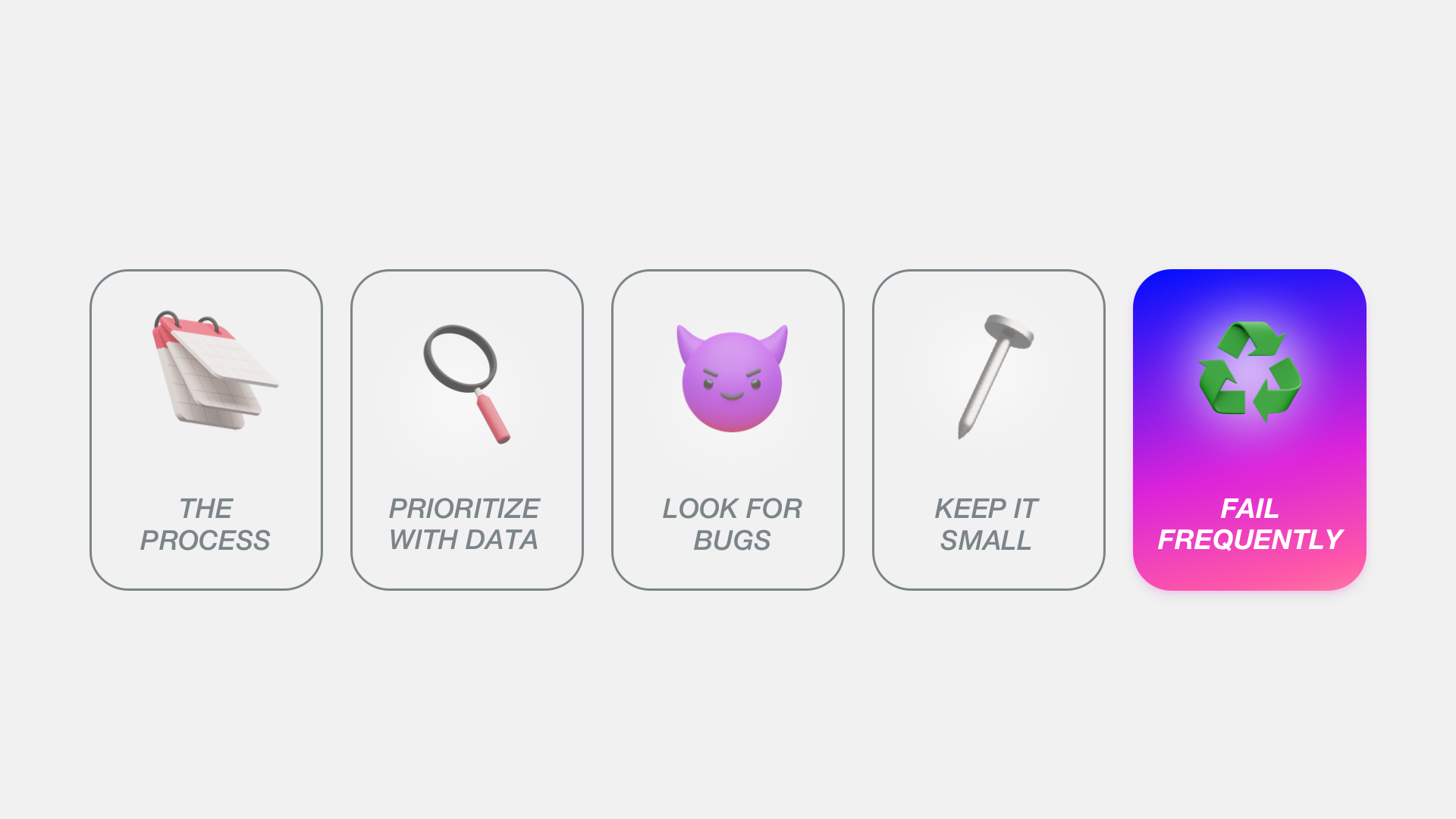
💡 Learning from Failure: Even unsuccessful tests provide valuable insights.
Conclusion
Conversion Rate Optimization, when done correctly, can serve as a growth engine for online businesses. By understanding user psychology, employing systematic testing and personalization, and continuously optimizing, companies can enhance their user experience and significantly improve their conversion rates. In this ever-evolving digital landscape, ongoing testing and optimization are not just advantageous—they're essential for growth.



